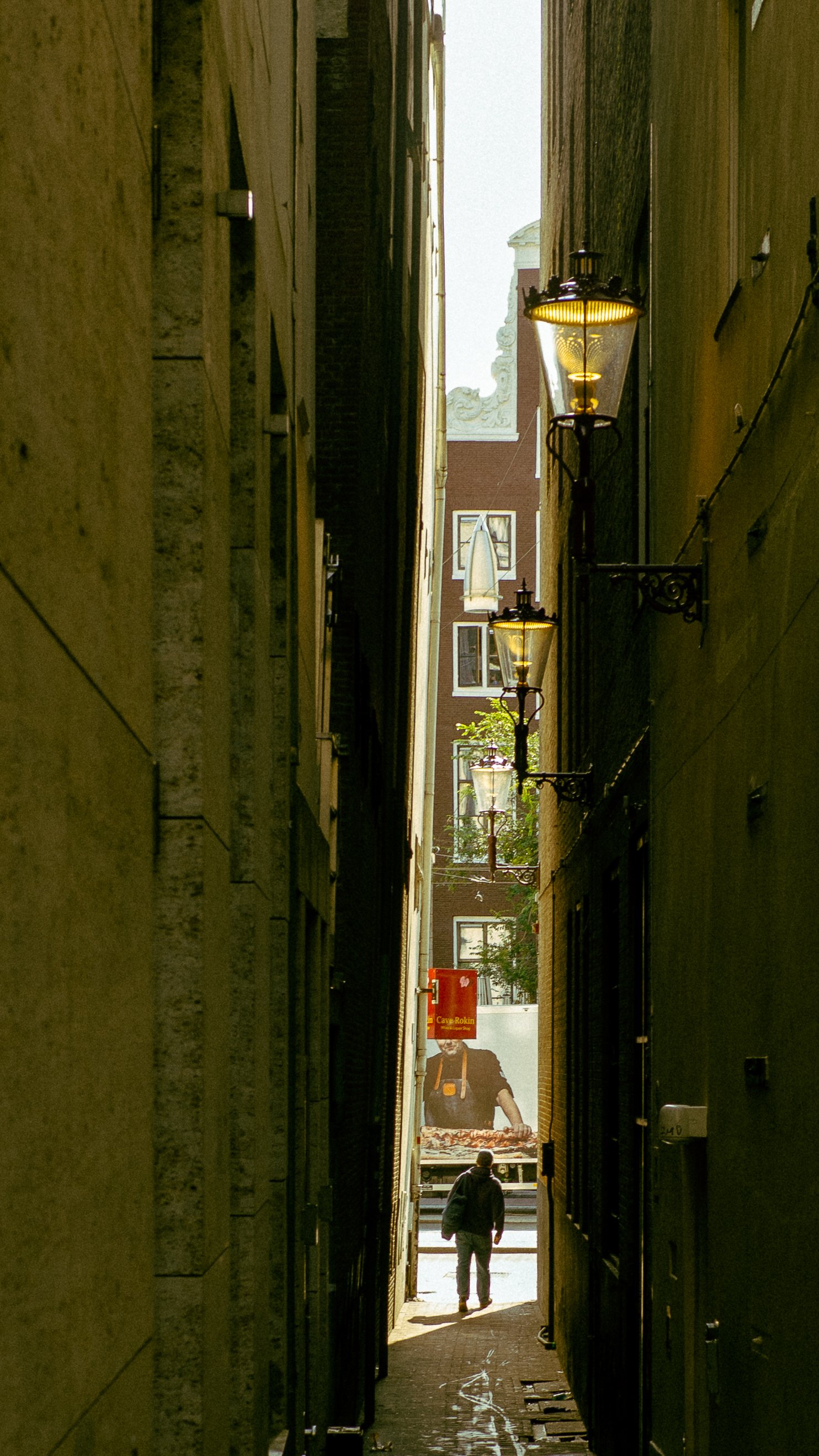3 Days in Amsterdam: A Photographer's Guide to the City's Stunning Contrasts
In late July, I spent three days exploring the city of Amsterdam with my camera, discovering how this beautiful city is one of contrasts and juxtapositions.
Amsterdam's heart lies in its historical and picturesque canals and buildings, constructed during the Dutch Golden Age. This period in Dutch history was dominated by Reformed Christianity and the colonial activities of the Dutch East India Company. Its history contrasts deeply with the modern Amsterdam, which is known today as one of the world's most vibrant and socially liberal cities.
Although it wasn’t my original intention, I found my work on this trip beginning to centre around the many different contrasts of Amsterdam's unique character—from its busy markets to its quietest spaces for relaxation, how the summer light creates deep contrasting shadows, and how its bustling streets contrast with the slower pace of life on bikes and by canal. My images from this trip capture the juxtaposition that defines Amsterdam.
Unexpected Moments: From Market Rush to Serenity in Amsterdam's Albert Cuyp
The first place I visited in Amsterdam was the Albert Cuyp Market, a bustling and vibrant street market selling everything from fresh produce to clothes and flowers. When entering the market, the first sight was a sea of Amsterdam’s second most famous flowers—the subject of one of the most celebrated paintings in history. A table filled with yellow sunflowers set the scene for the visual overload of the market.
Everywhere you looked, each side of the street was lined with colourful stalls. Some had rows upon rows of all the fruits and vegetables you could imagine, while others were filled to the brim with delicate potted flowers, gently swaying in the breeze as the crowds passed by.
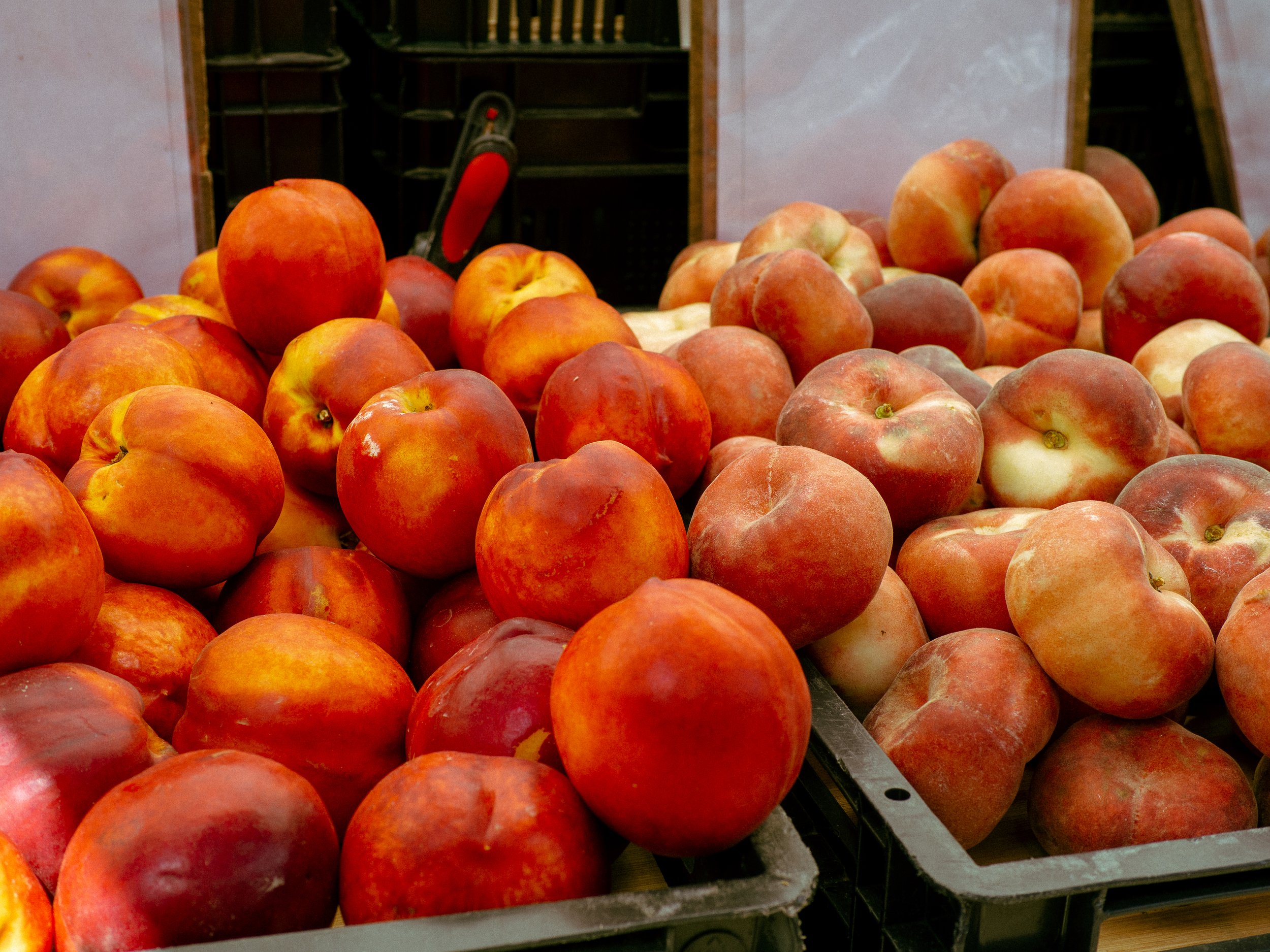
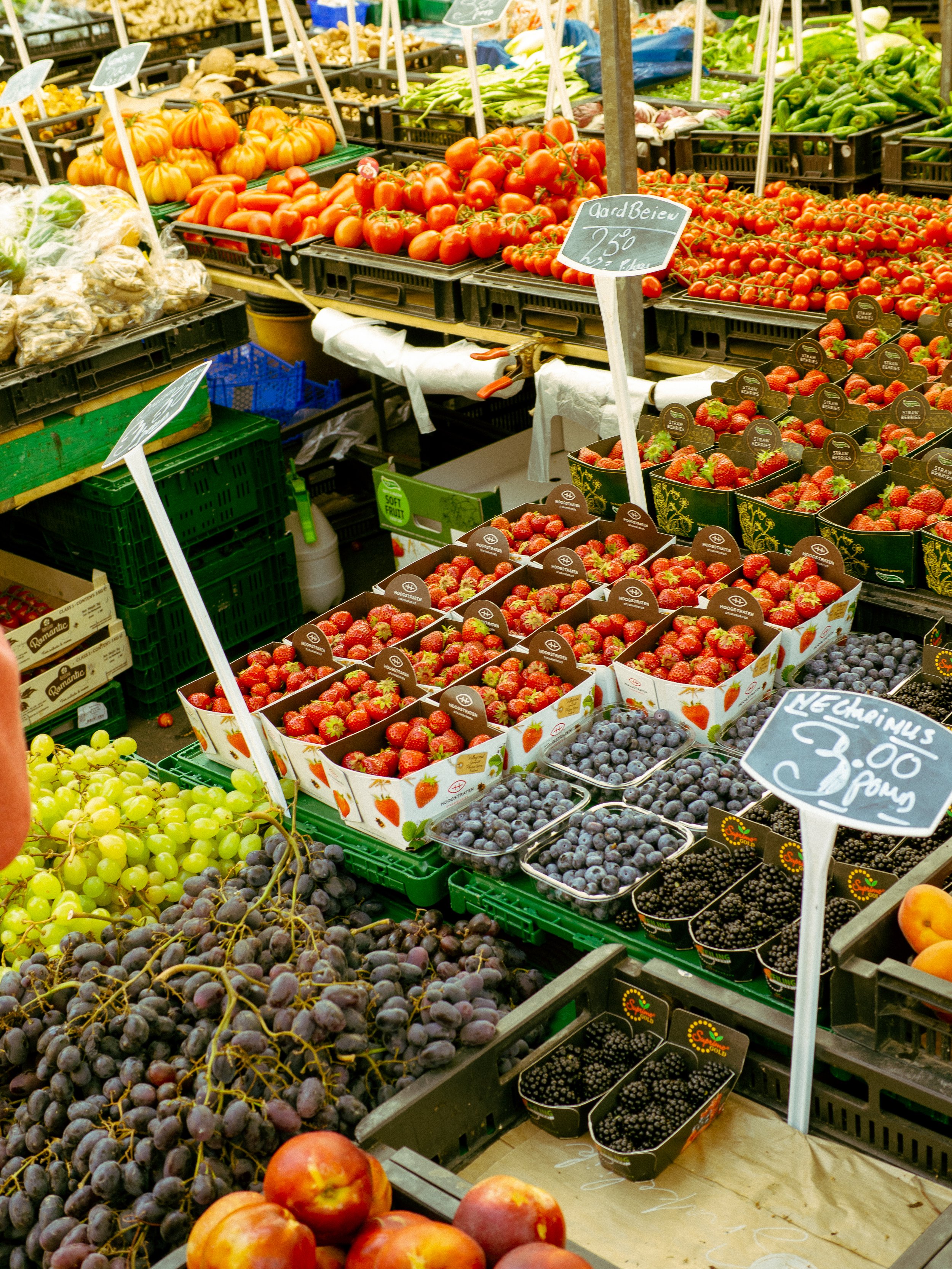
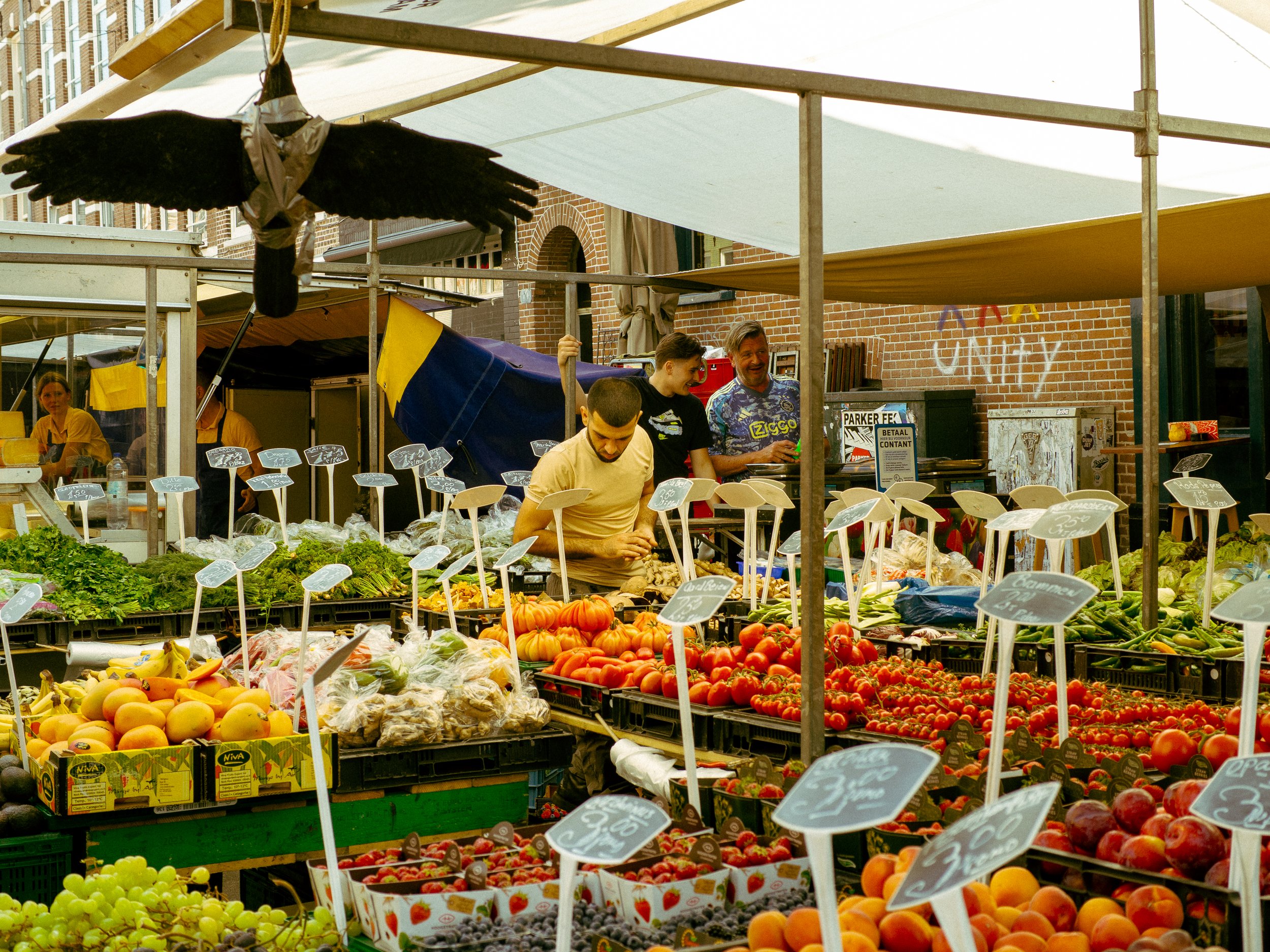
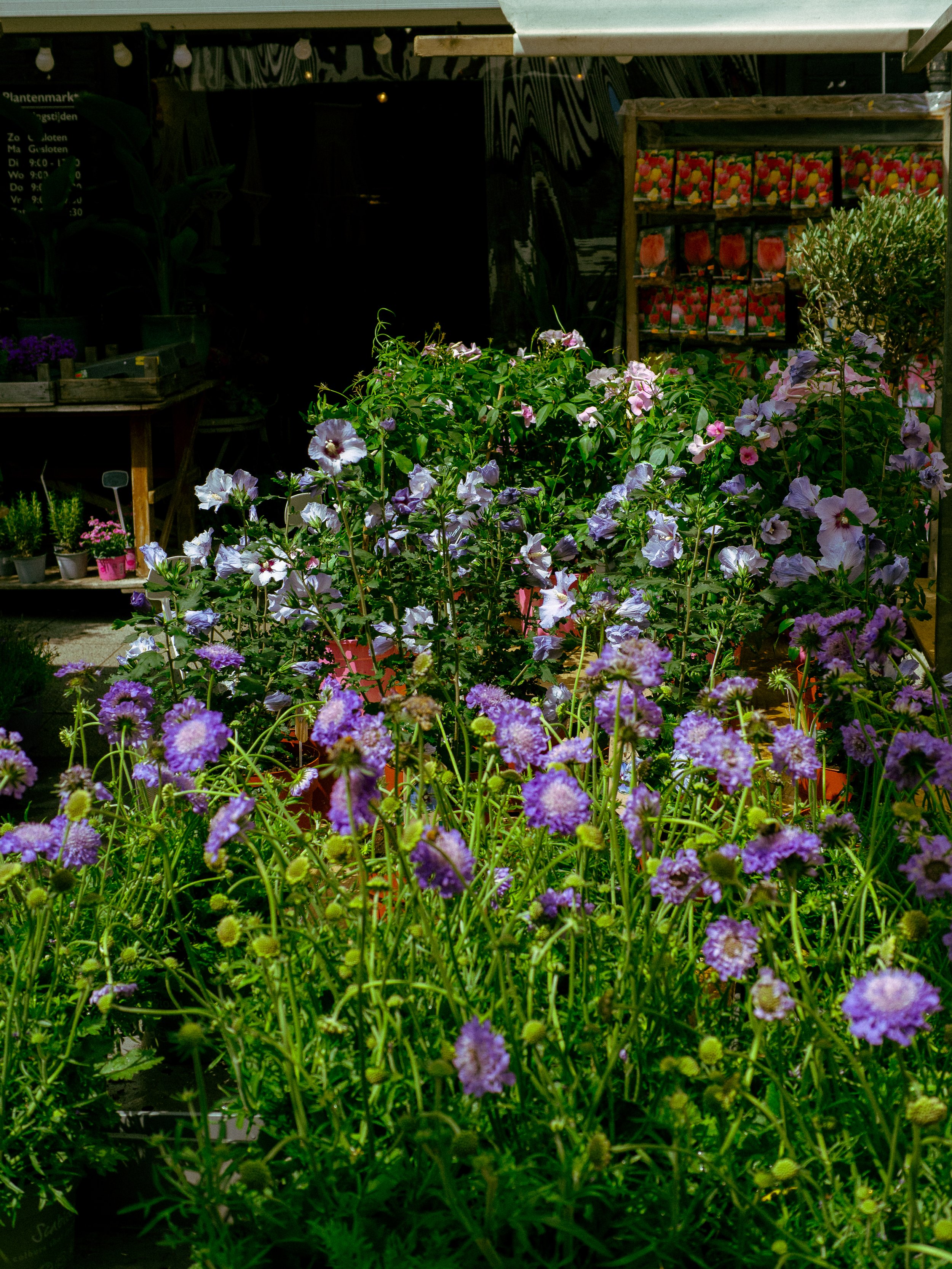
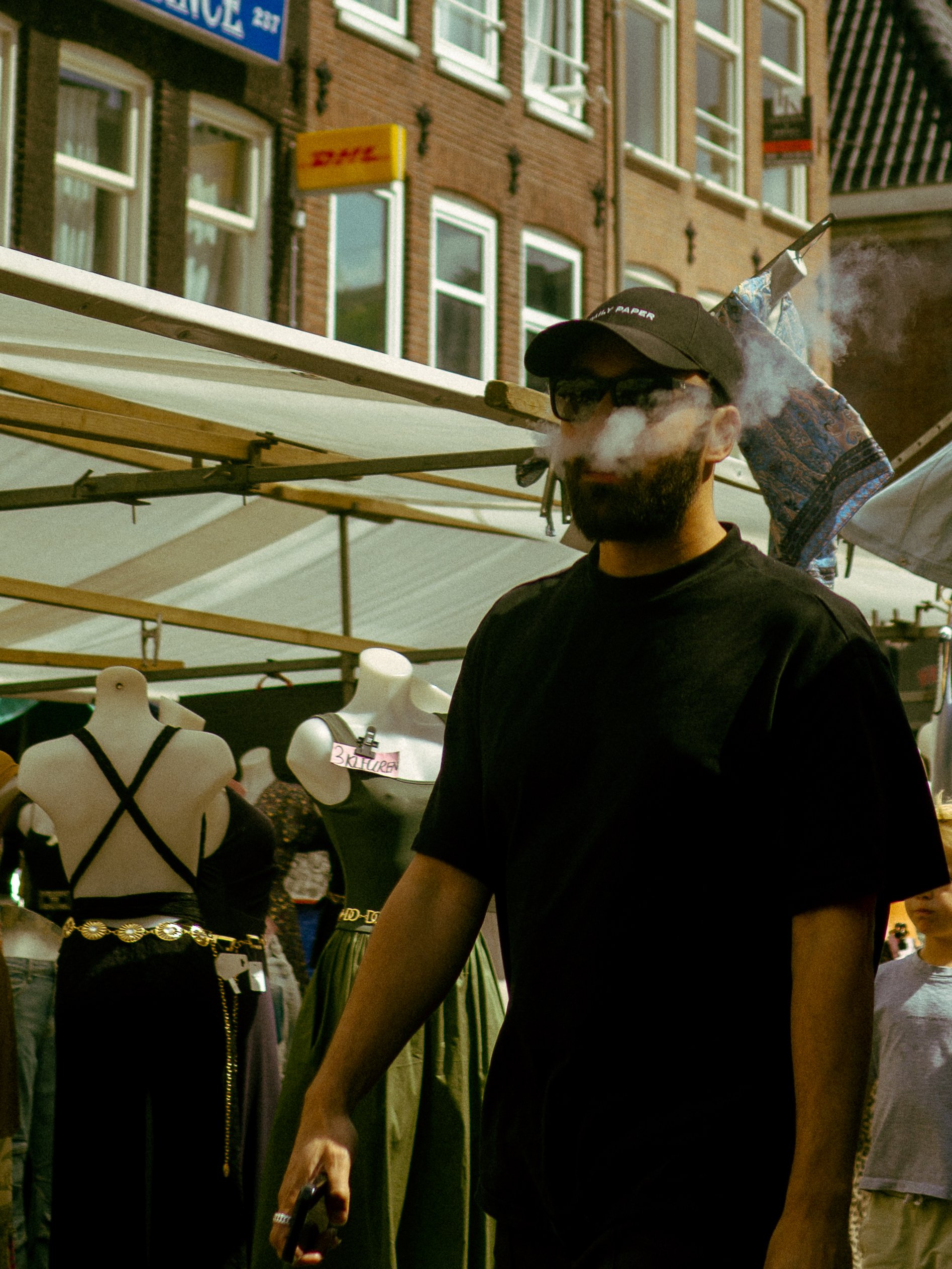
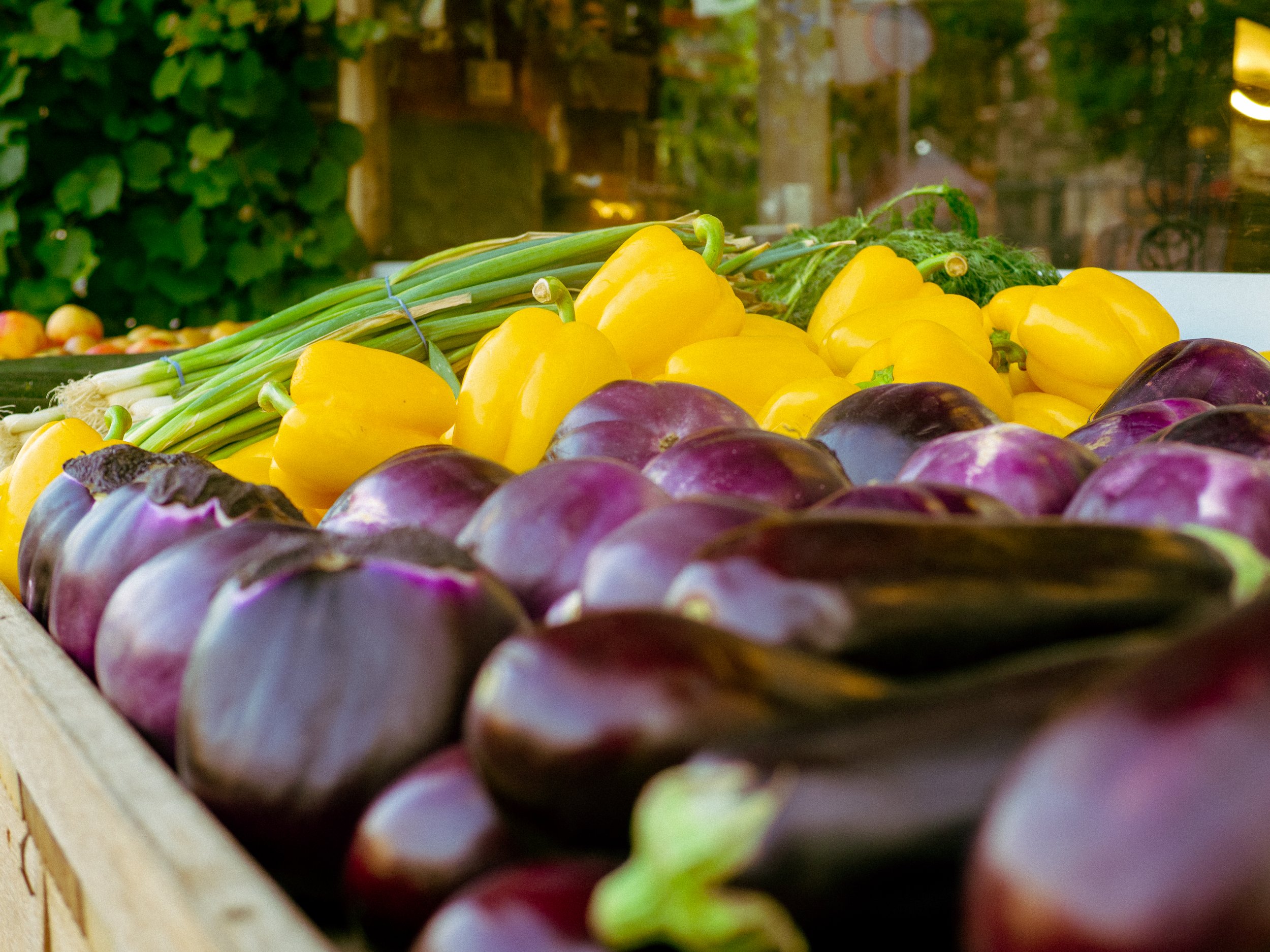
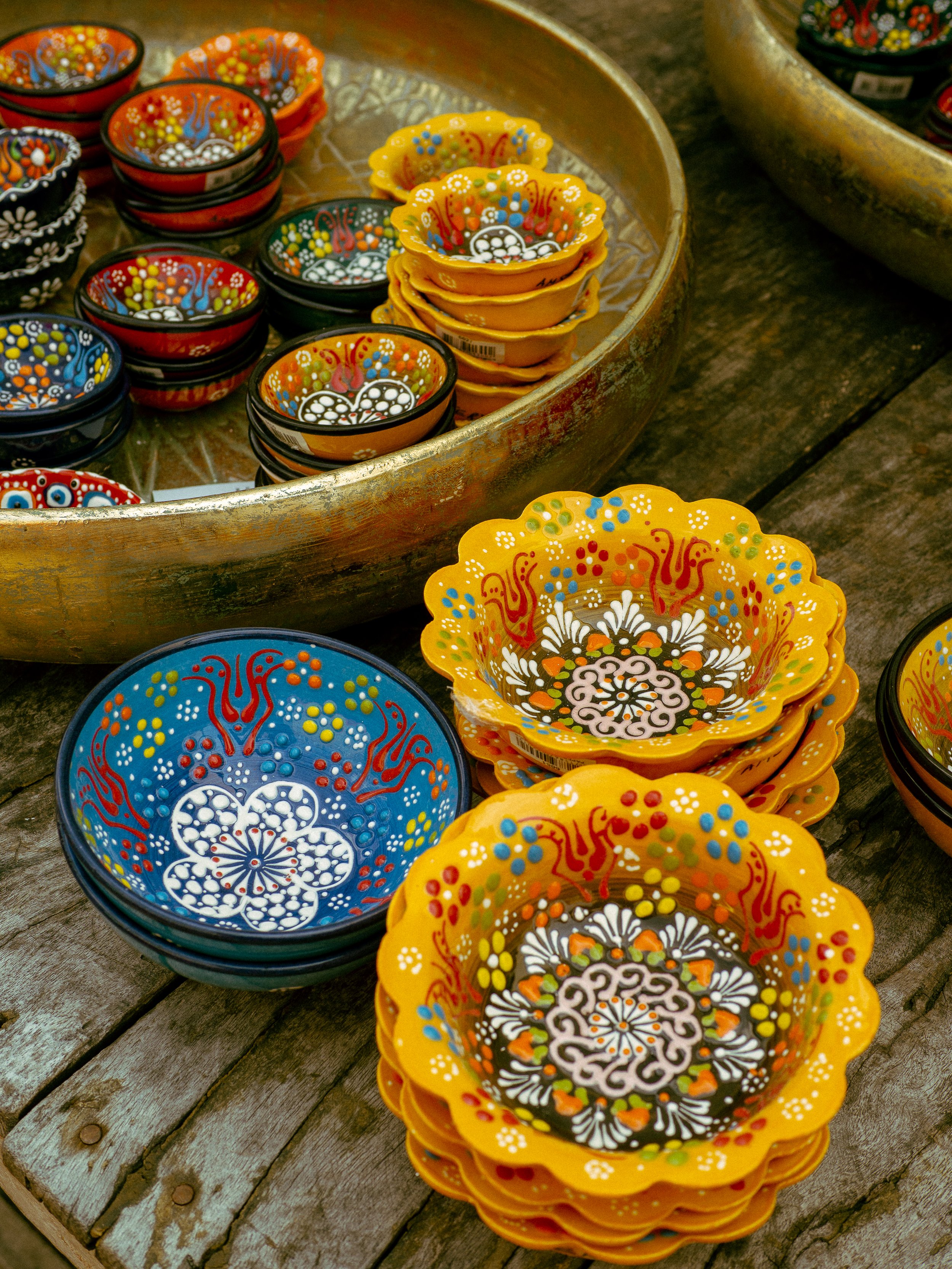
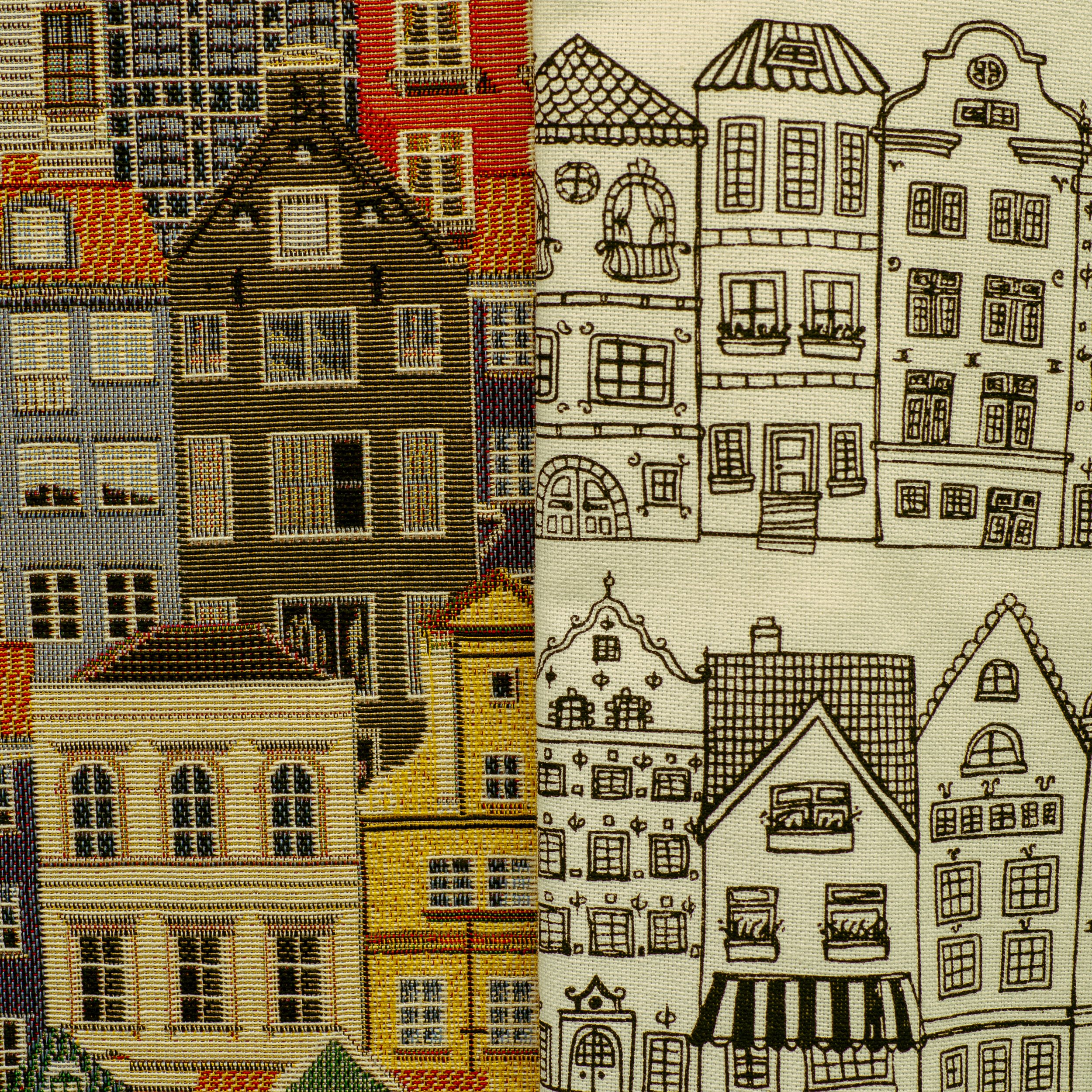
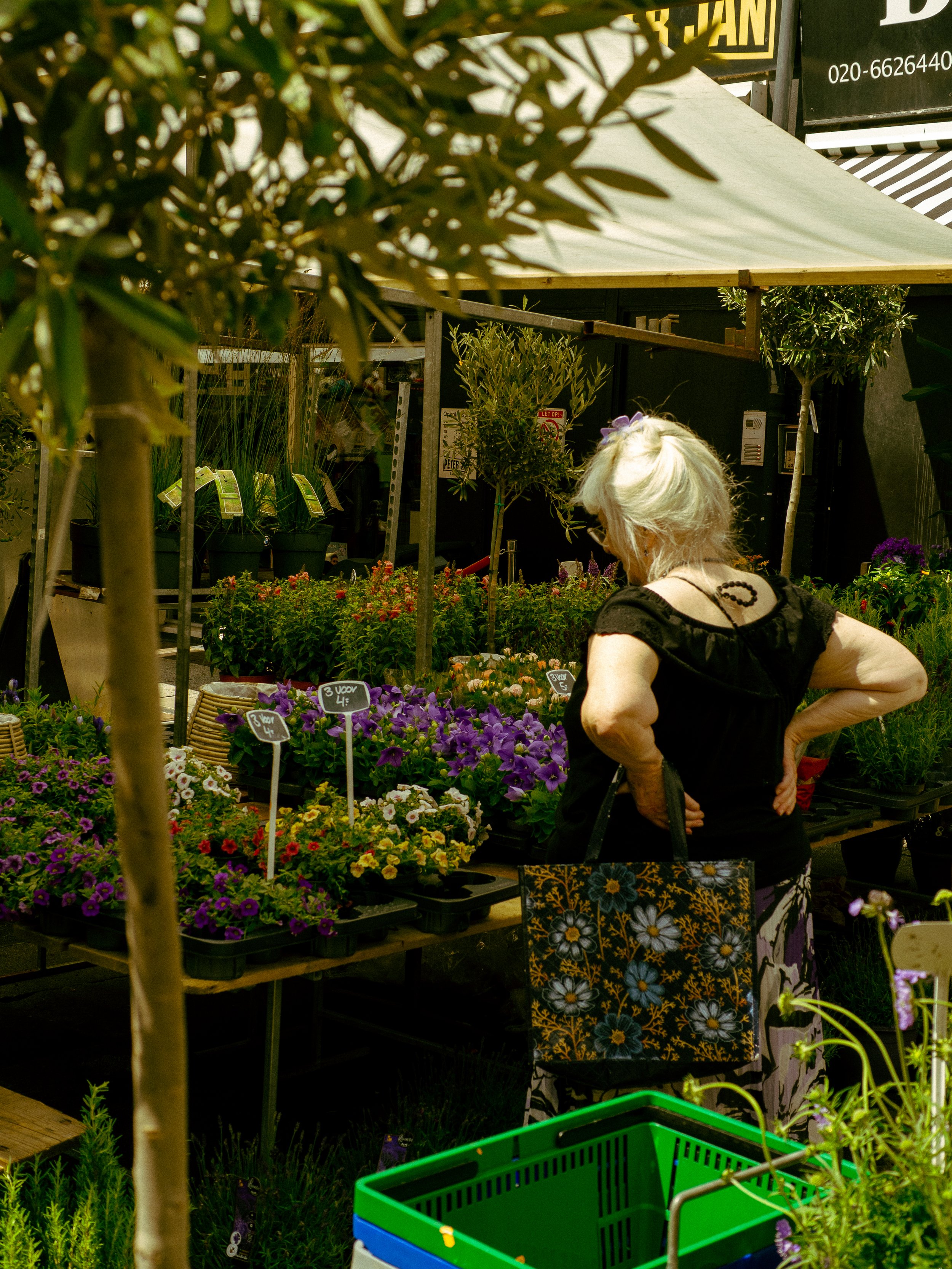
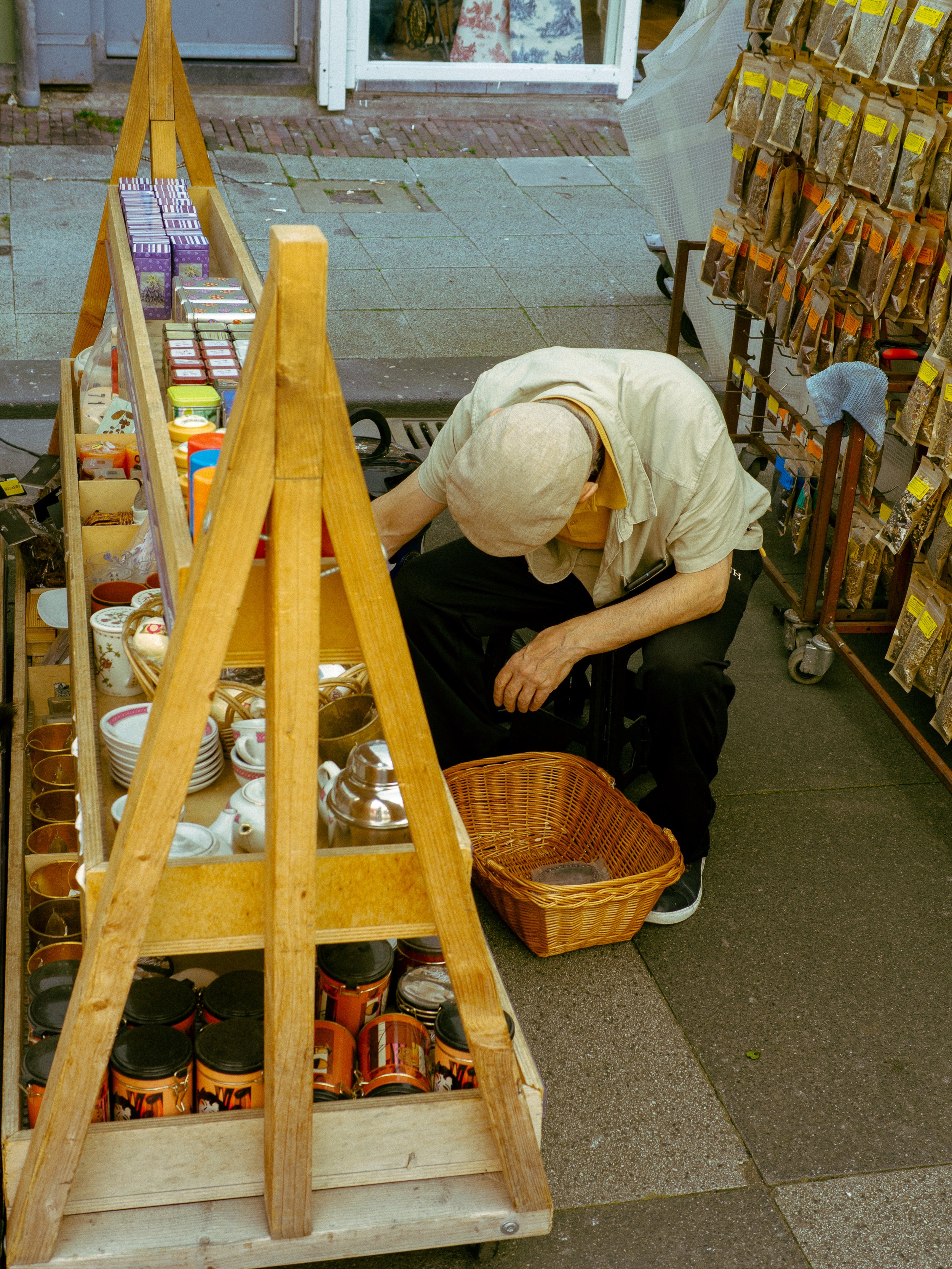
As lunchtime approached, shoppers gravitated towards the plethora of food vendors. The choice seemed almost endless—chicken, meatballs, hot dogs, or all the cheese you could eat. Every food stall was full of customers ready to sample each delicacy, carefully trying not to get knocked by the throngs.
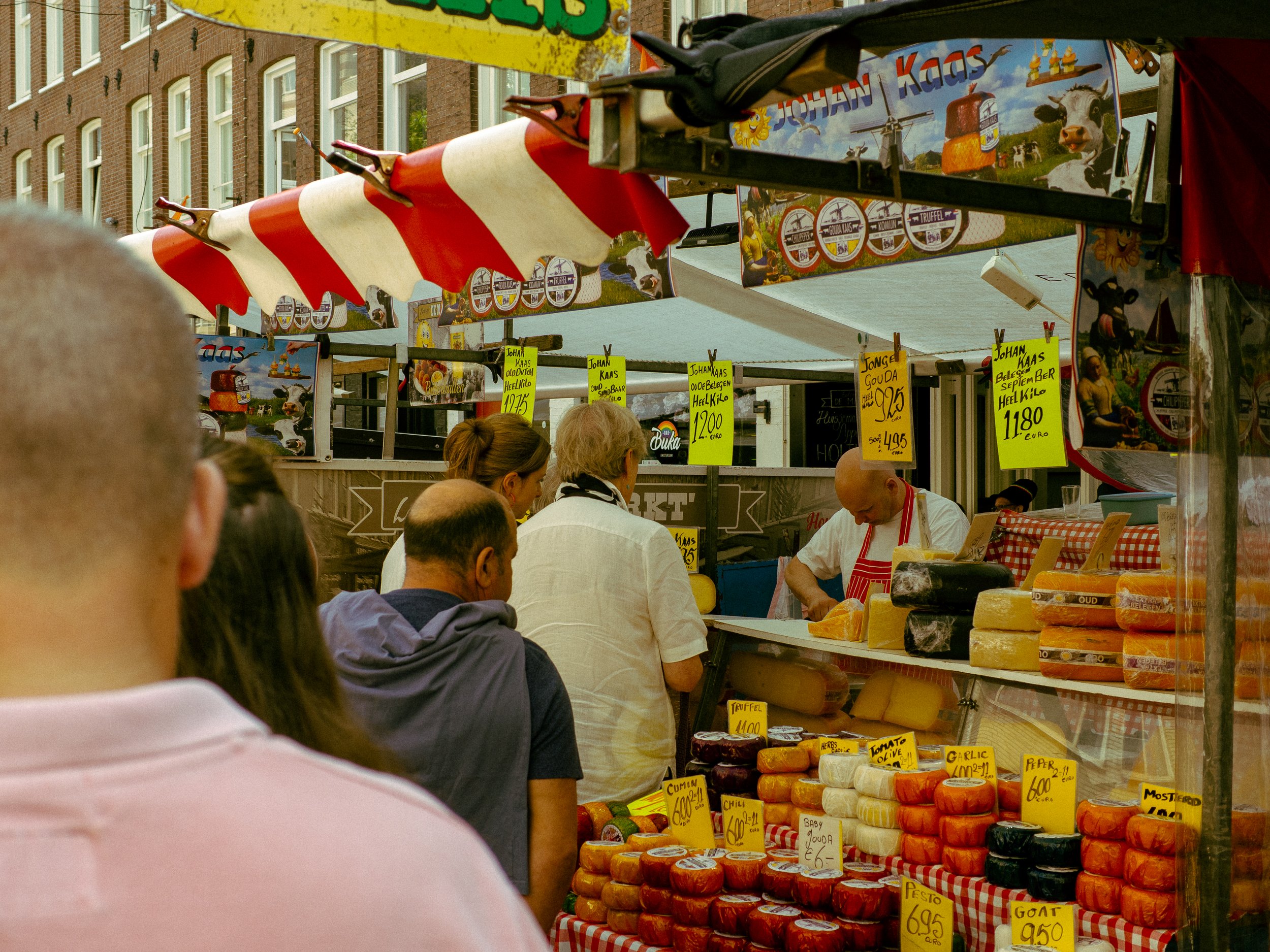

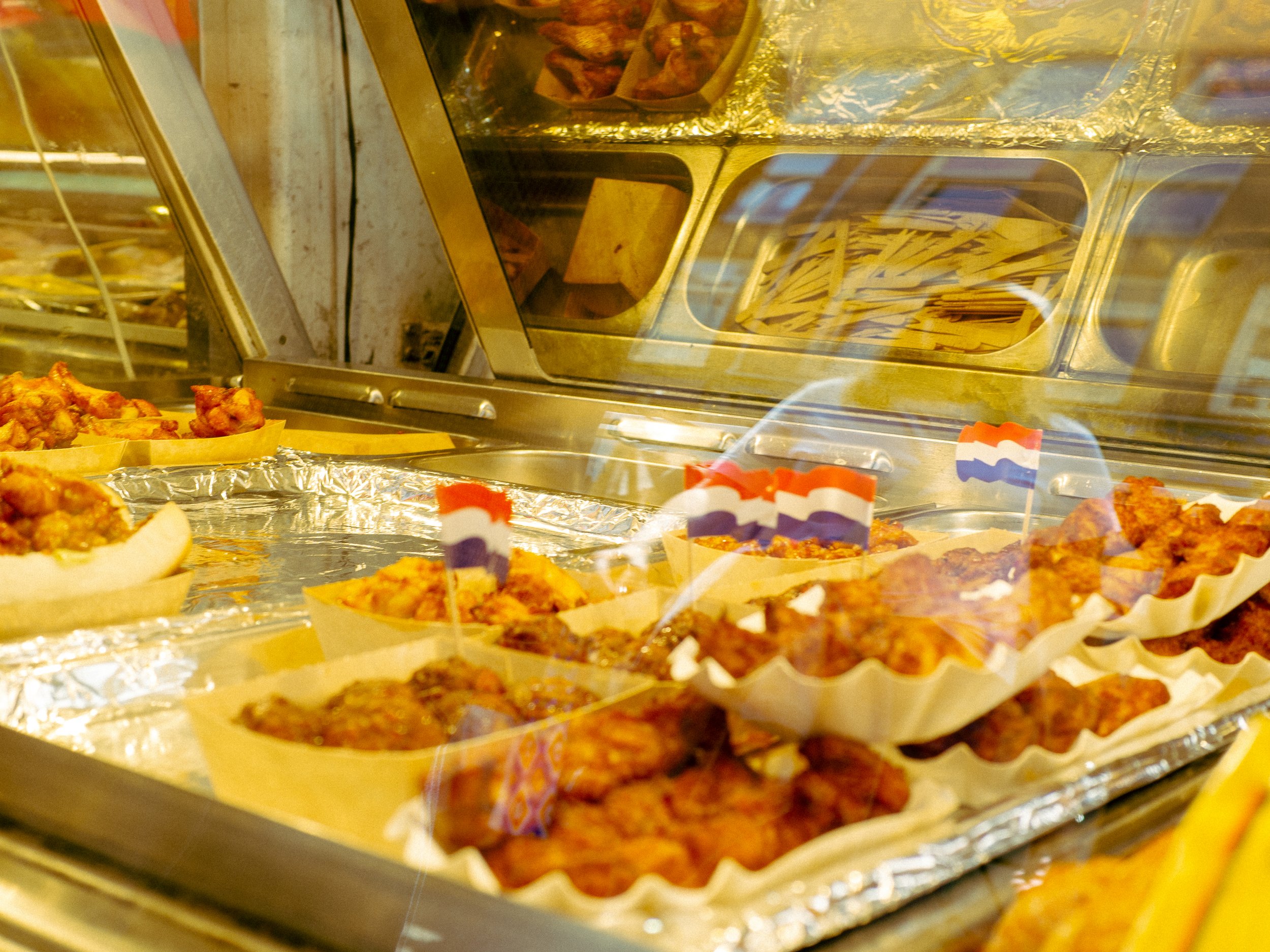

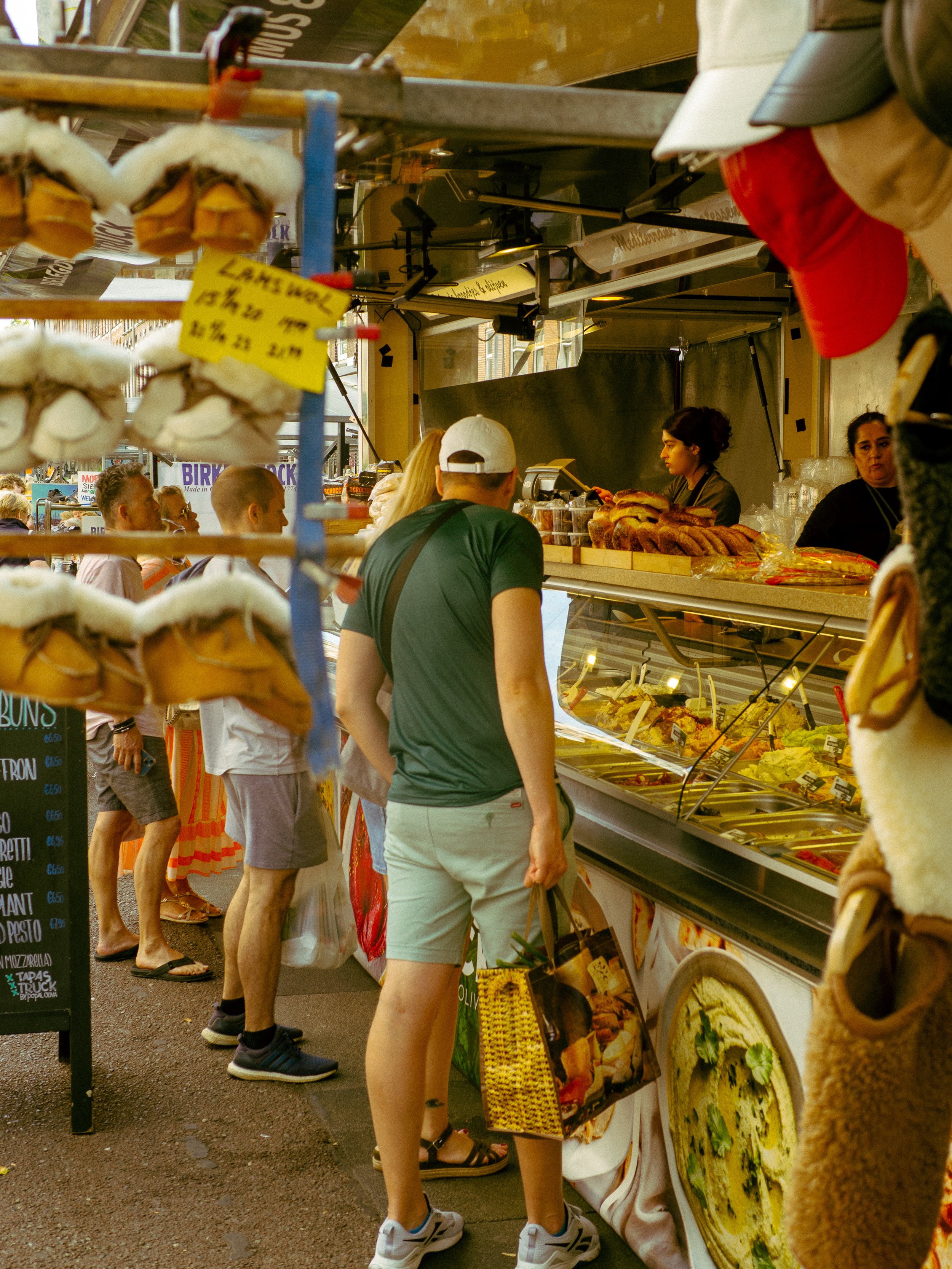
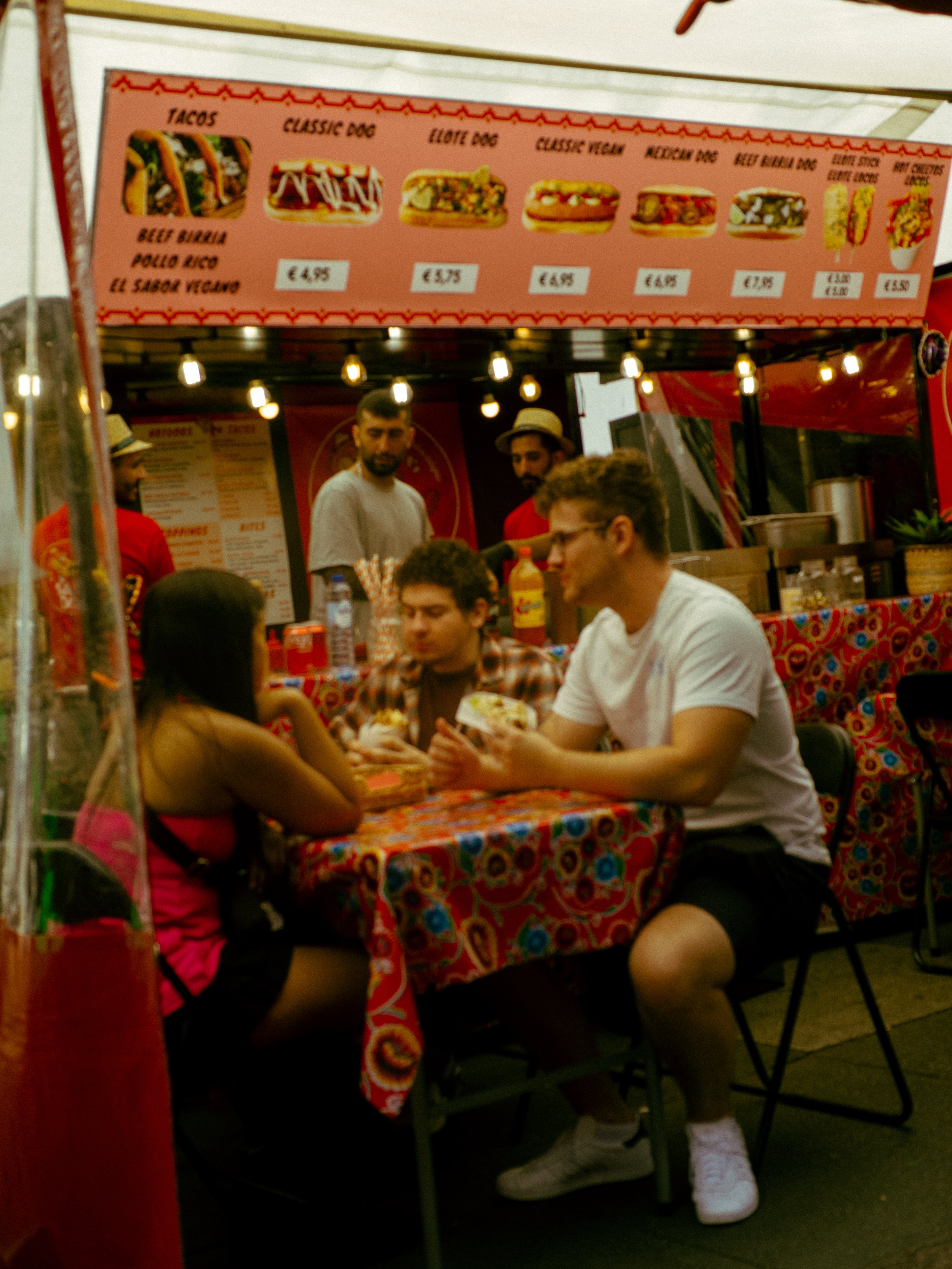
For those looking to escape the hubbub of the market and perhaps have a slower-paced lunch, each street corner had small bars offering a seat and a cool Heineken. Wandering past this scene of relaxed locals and tourists taking a well-earned break from carrying shopping bags, I snapped a shot of a couple under an umbrella enjoying their beer, partaking in a spot of people-watching but reflecting on the manic pace of the market from the contrasting tranquillity of the bar.
At this point, I too was looking to escape the busy masses of the market, so I headed down a quieter side street. Almost immediately, I found I wasn't the only person needing a little break. Just metres from the busy market, a young man was napping in the sun. Slumped in an IKEA Poang chair, bathed in a sliver of warm sunlight peeking between the buildings, shoes off under a parking sign—this scene caught my eye. The contrasting scene of peacefulness compared to the hectic state of the market, combined with the humour of being "parked up" in a parking spot, made for a great shot.
From Tall Buildings to Quiet Alleys: Discovering Amsterdam’s Photographic Contrasts
Amsterdam's tall, slender buildings, a result of Napoleonic taxes, create great opportunities for photographers to play with high-contrast light and shadow. Its narrow streets are a photographer's dream when the summer sun is high in the sky, creating sharp, angled shadows to frame subjects. Long alleyways provide great practice for framing subjects and creating depth in images.
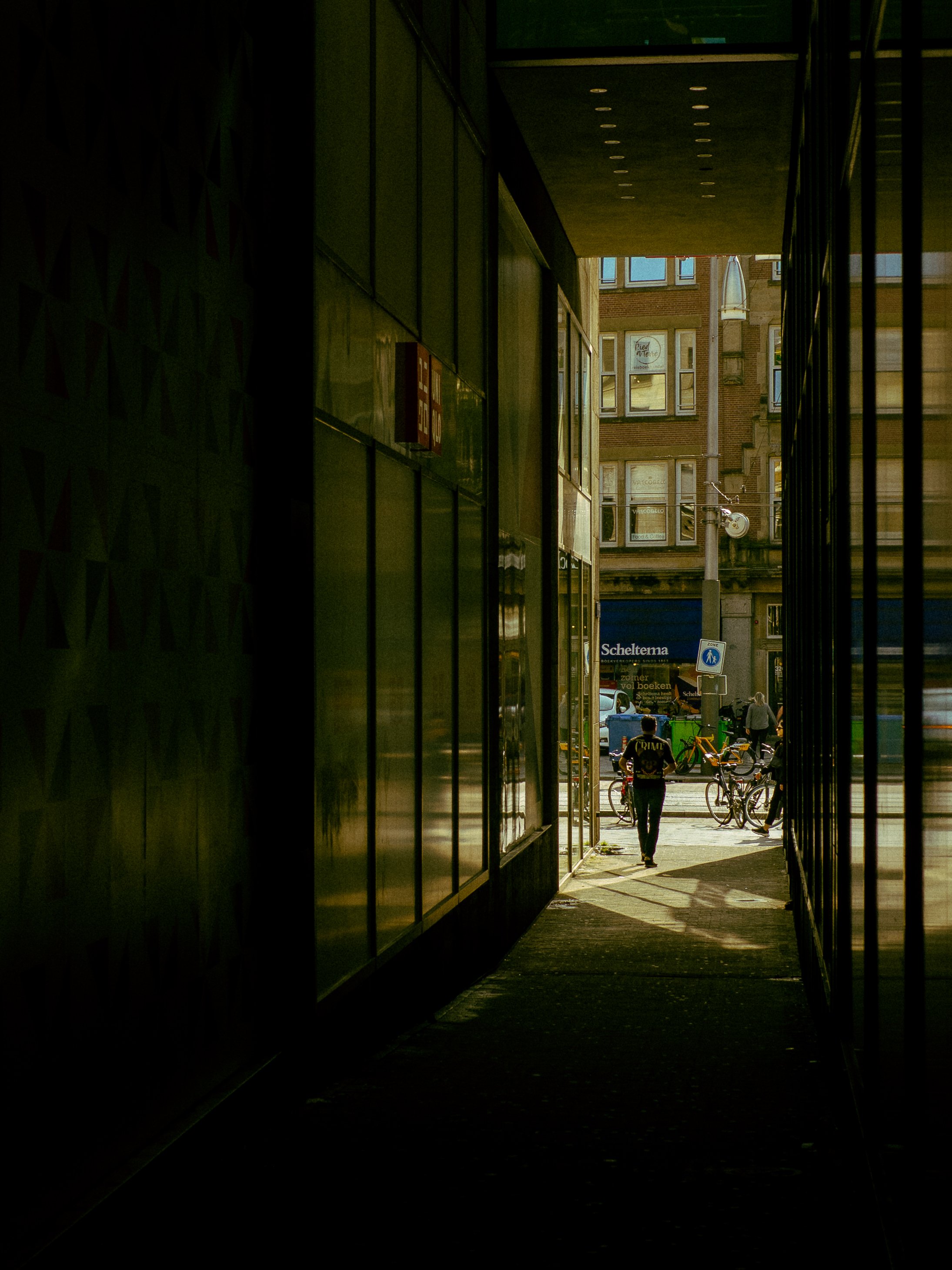

A quirk of Amsterdam's history as a centre of wealth is that many of its buildings have large windows, a result of residents wanting to show off their possessions to neighbours. For photographers, these windows act as giant mirrors, bouncing the light around the cavernous alleyways and illuminating subjects in interesting ways. Down one alley, I spotted a Vespa as the only thing illuminated by the reflected light—another great example of Amsterdam's ability to breed beauty in contrasts.
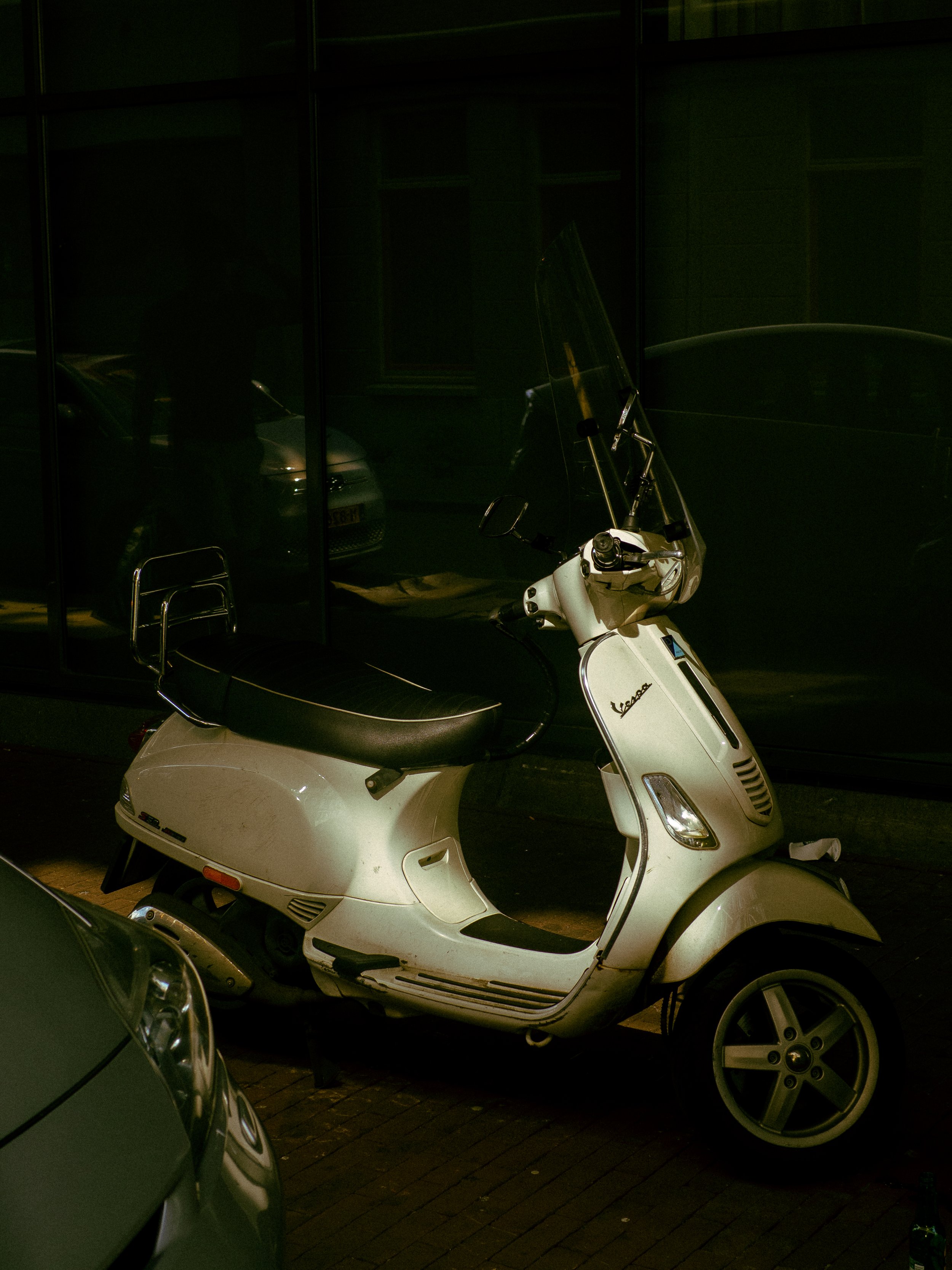
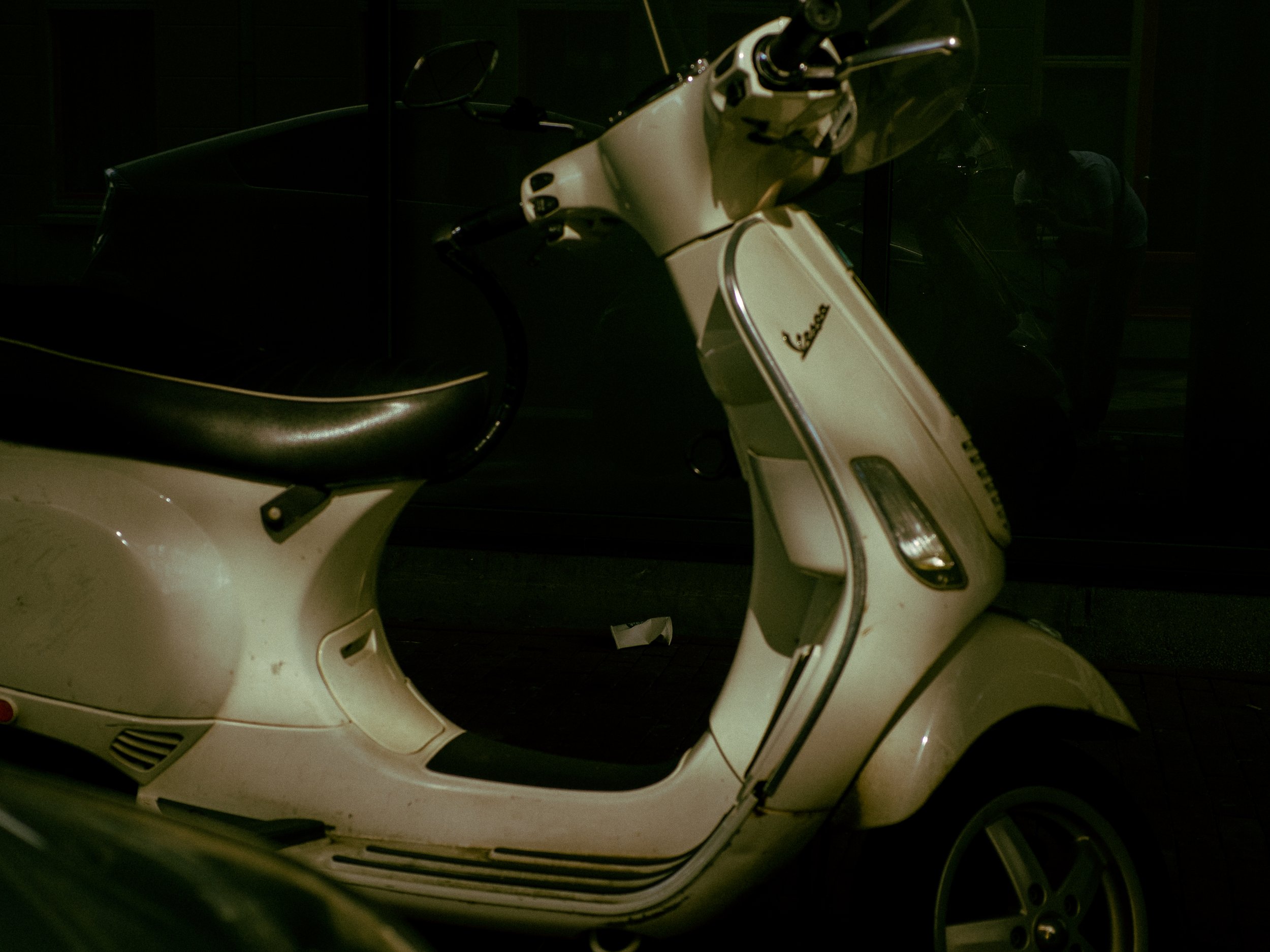
I first started thinking about shooting contrasts on this trip at a busy intersection outside the Heineken Museum. The high sun cast diagonal shadows from the corner of the building, creating a pool of light at the edge of the crossing. Everywhere you looked, the black and white lines of the zebra crossing filled the frame. I knew if I waited long enough, I might just get the right shot. Thankfully, after a few minutes, the busy crossing cleared, allowing a single figure carrying shopping bags to step into the light. Snap! I captured this image exactly as I hoped I would.
Slowing Down in Amsterdam: The Subtle Art of Moving with Ease
To most visitors, Amsterdam’s trams, buses, and cycle lanes seem like an ever-moving chaos. Everyone seems to be in a rush to get somewhere, and you have to keep your head on a swivel just to avoid being run over by this world of colour flashing by.
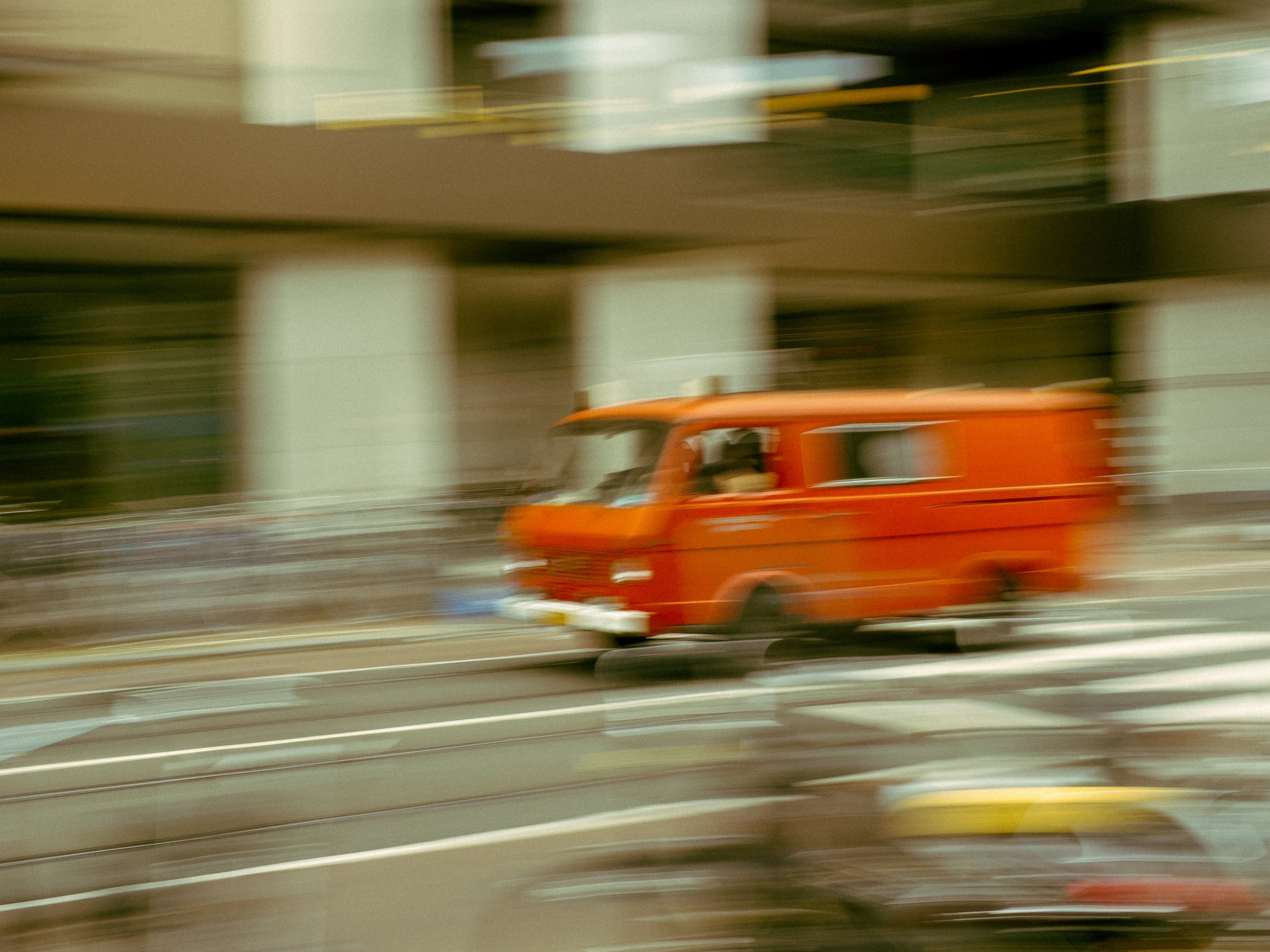
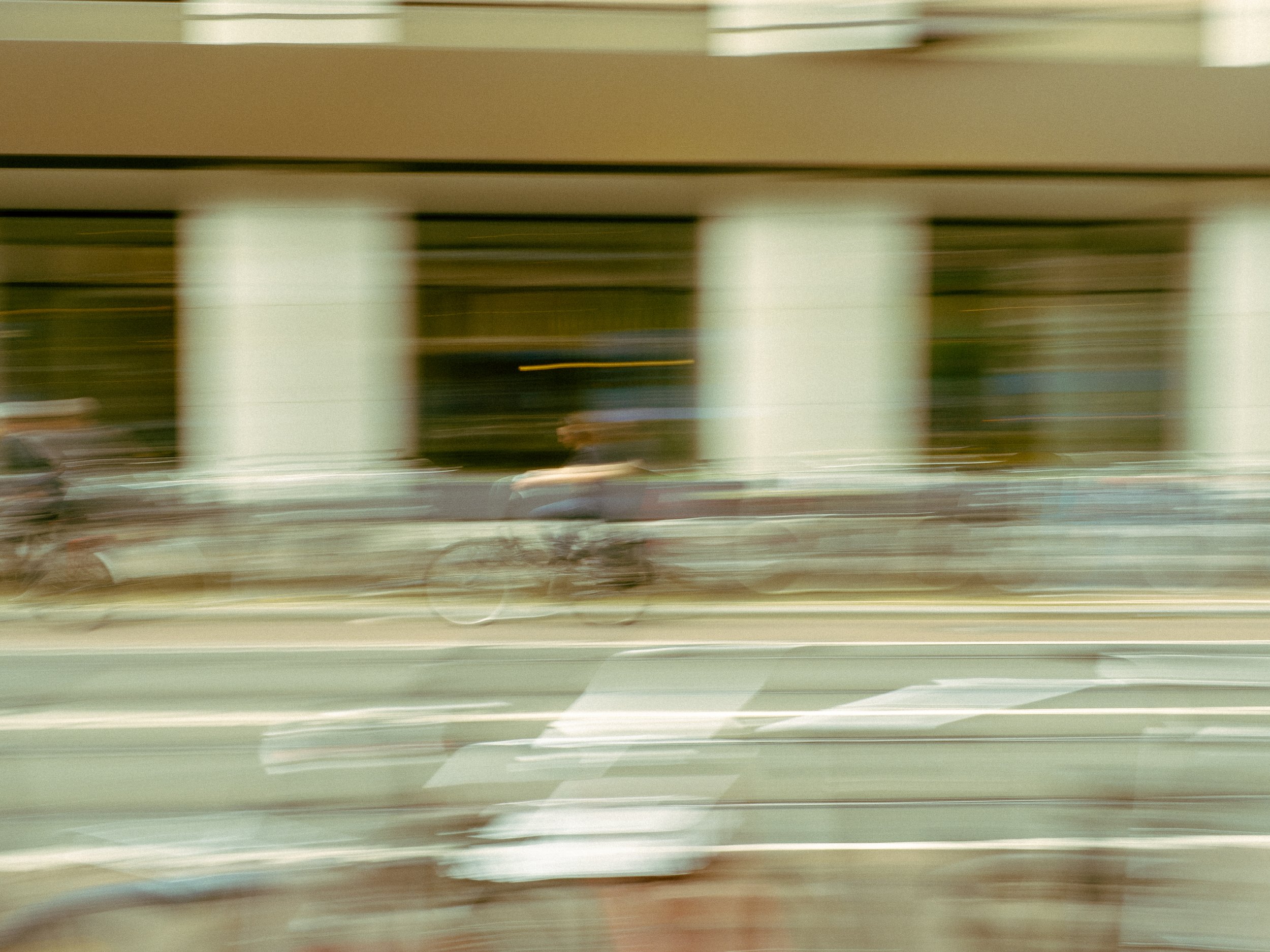
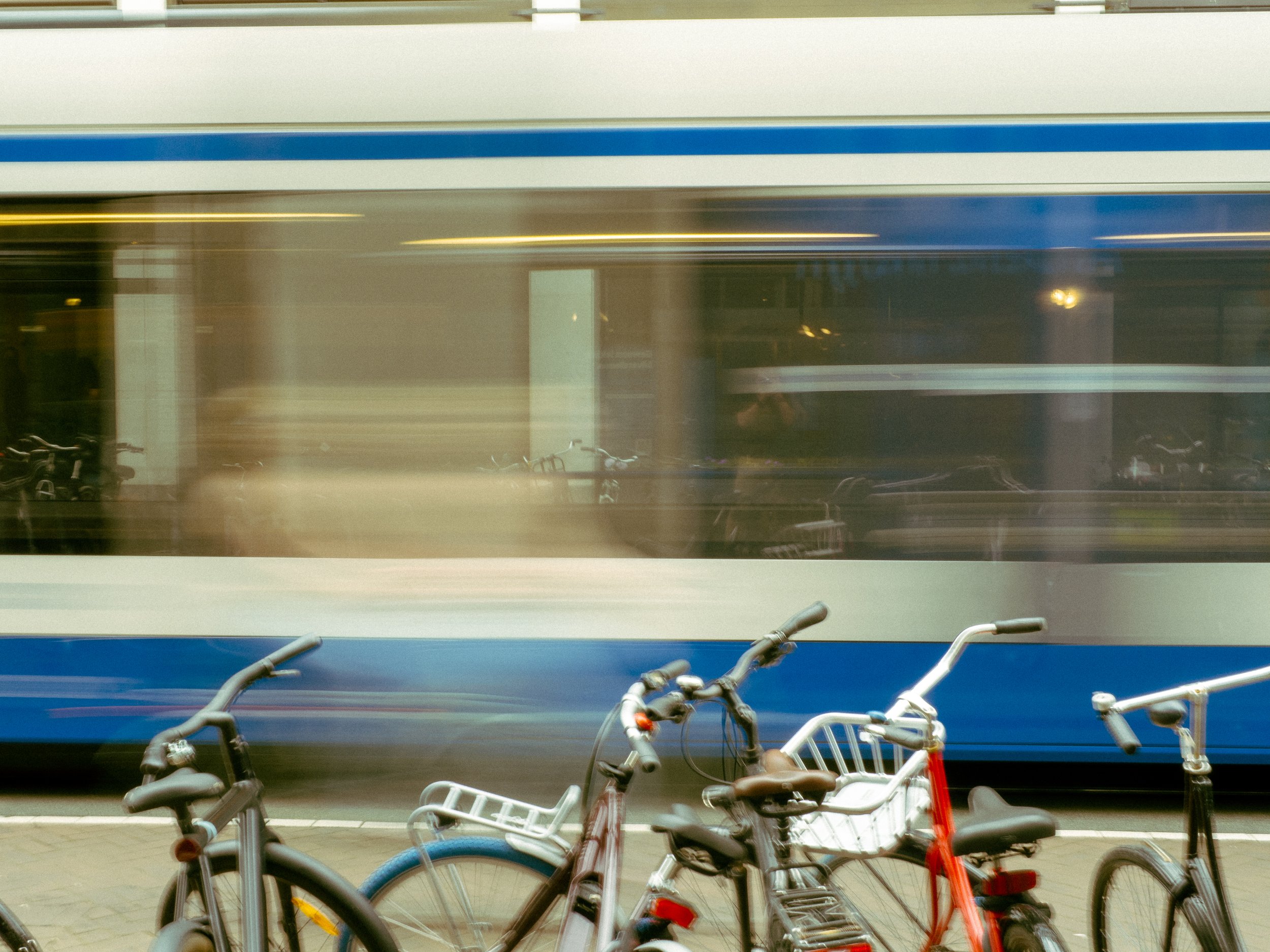
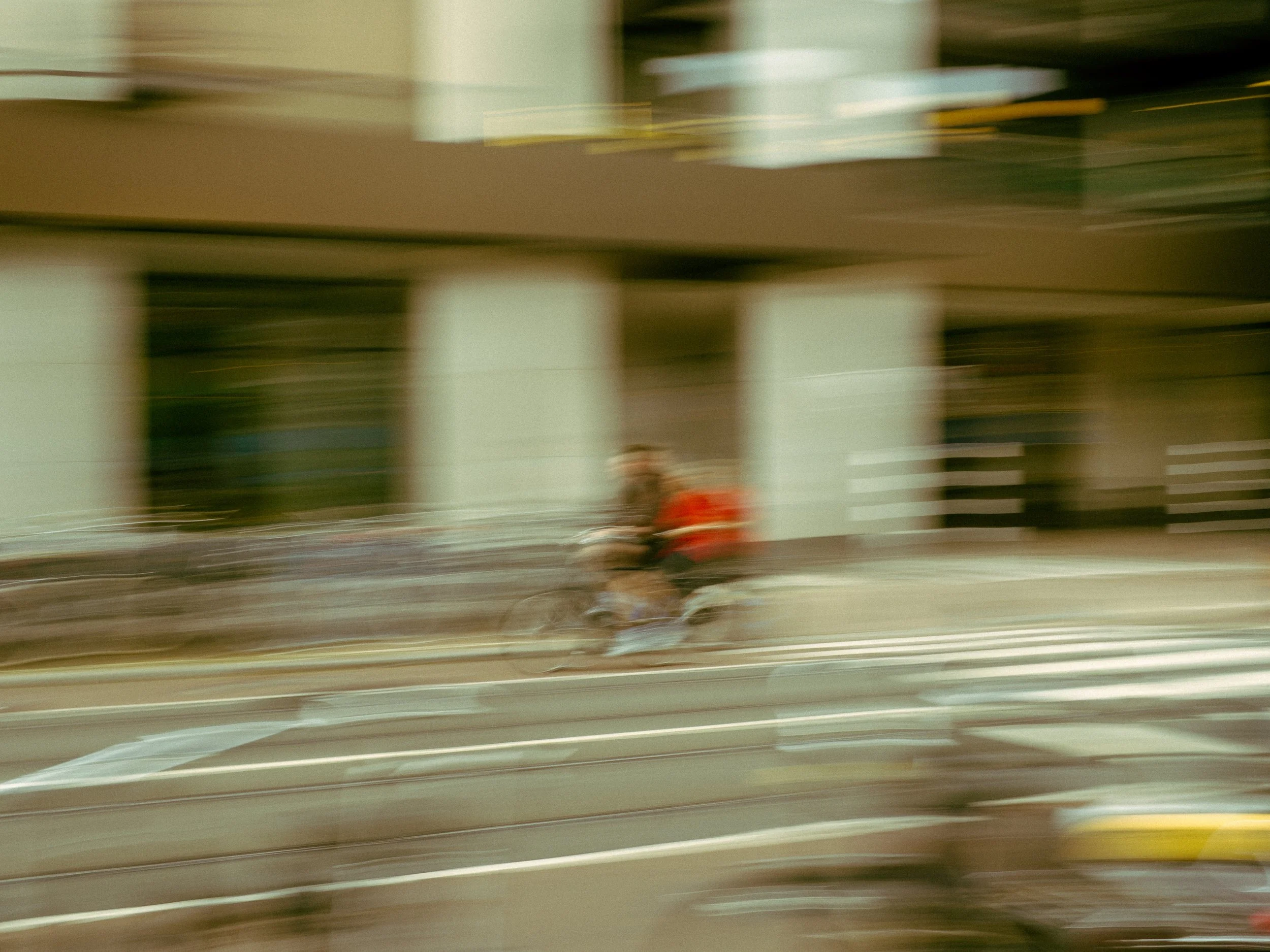
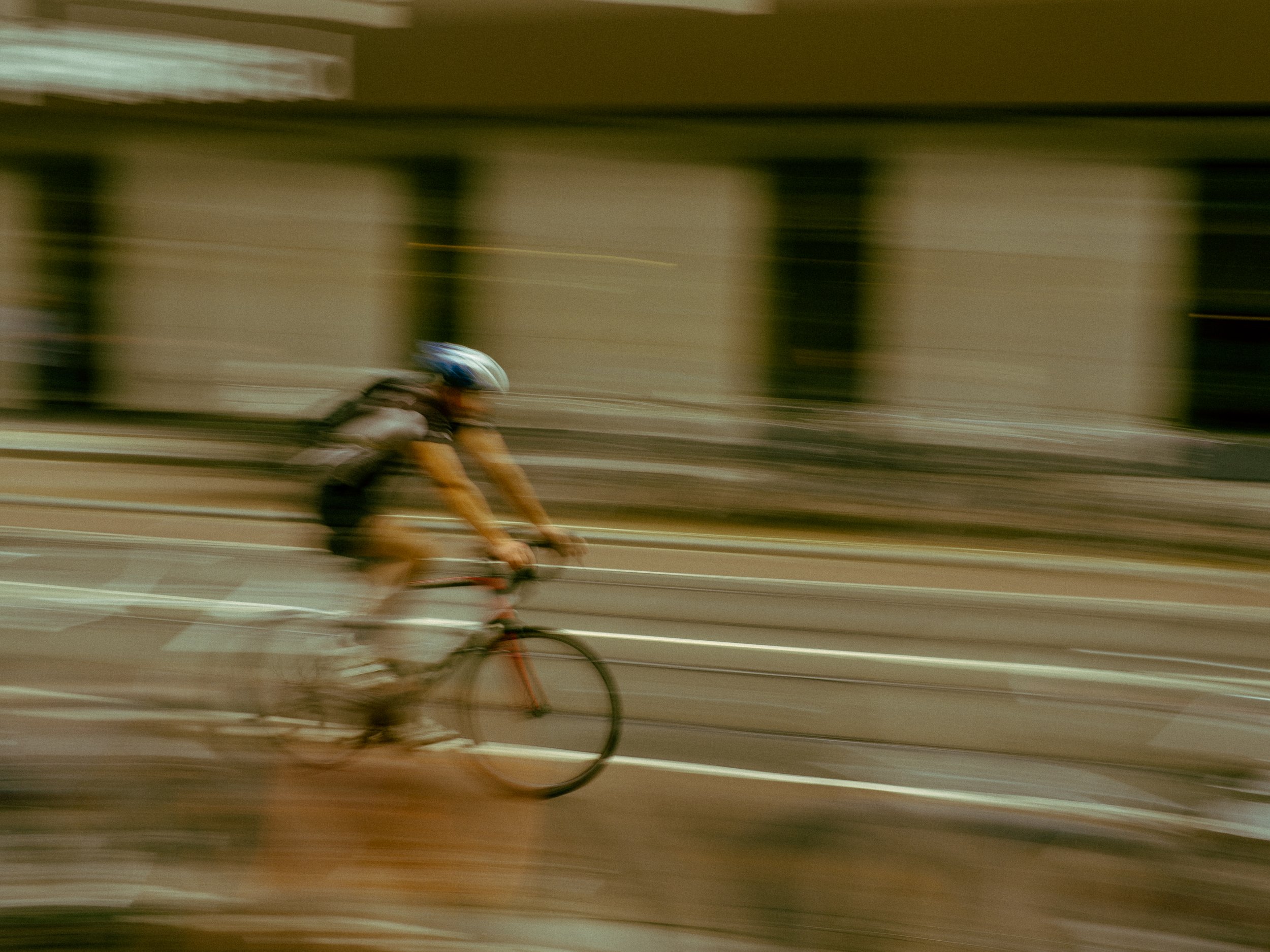
But if you take a moment to stand still and observe the people passing, you see that Amsterdammers seem to have far less urgency than you might think. The Dutch approach bicycles very differently to us Anglocentric nations. To them, the bicycle is a simple mode of transport—nothing precious, just faster than walking, making a trip across the city a pleasure rather than a chore. You can feel this in the way bikes are treated—not hidden away like an expensive toy or trashed if left in the street, but simply parked up, ready for their next useful trip. This is why the bicycle is part of Amsterdam's identity.
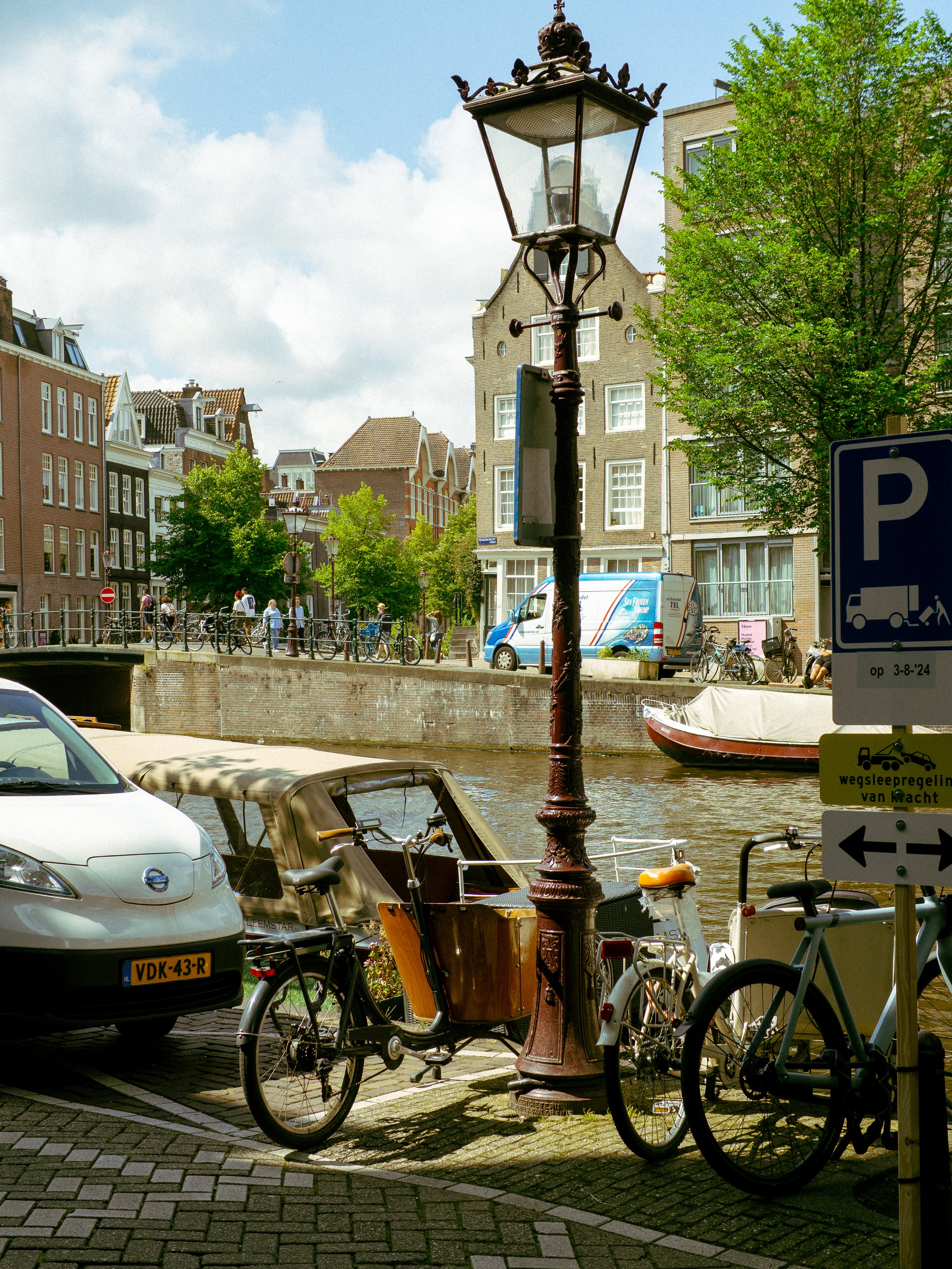
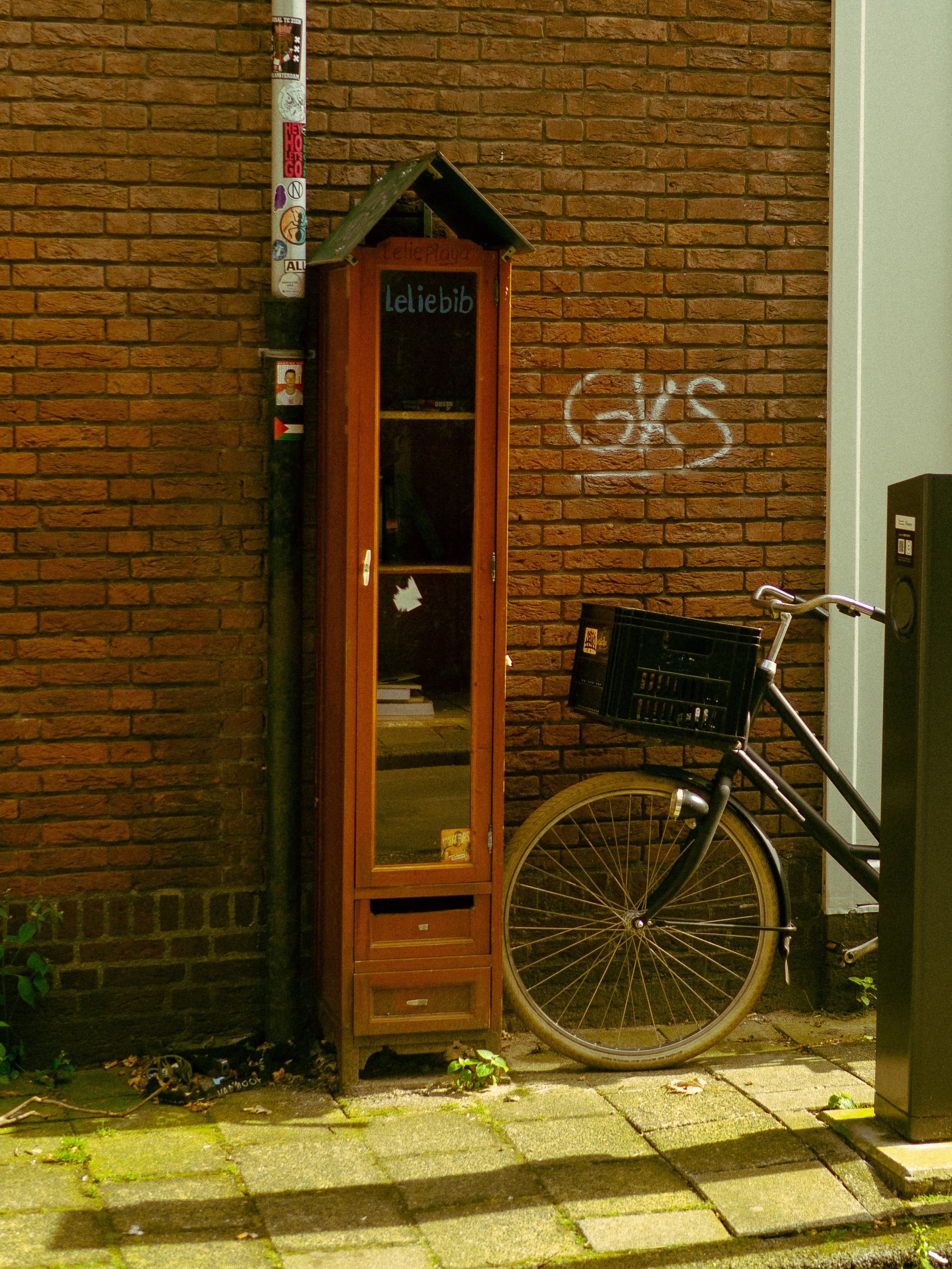
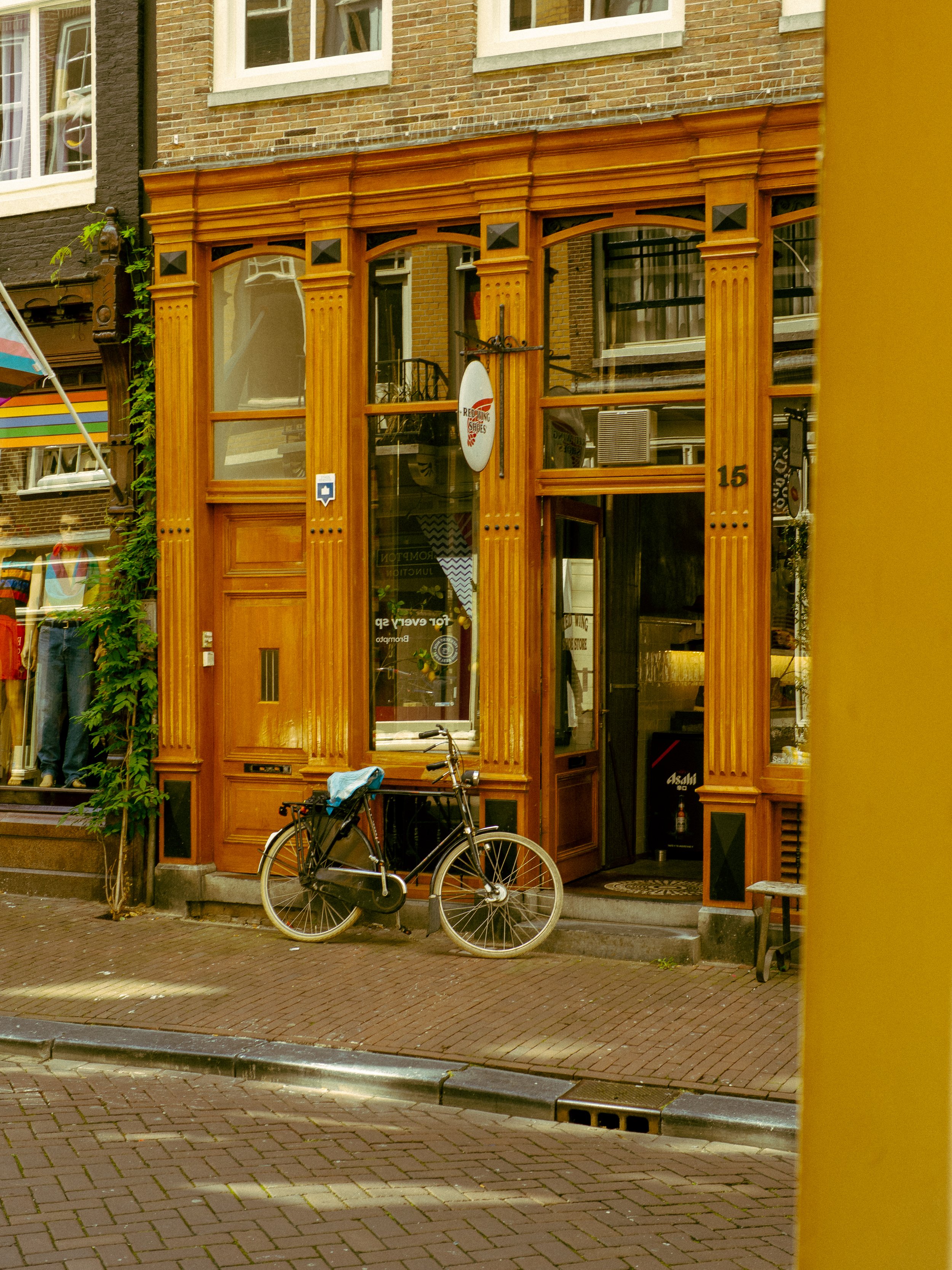
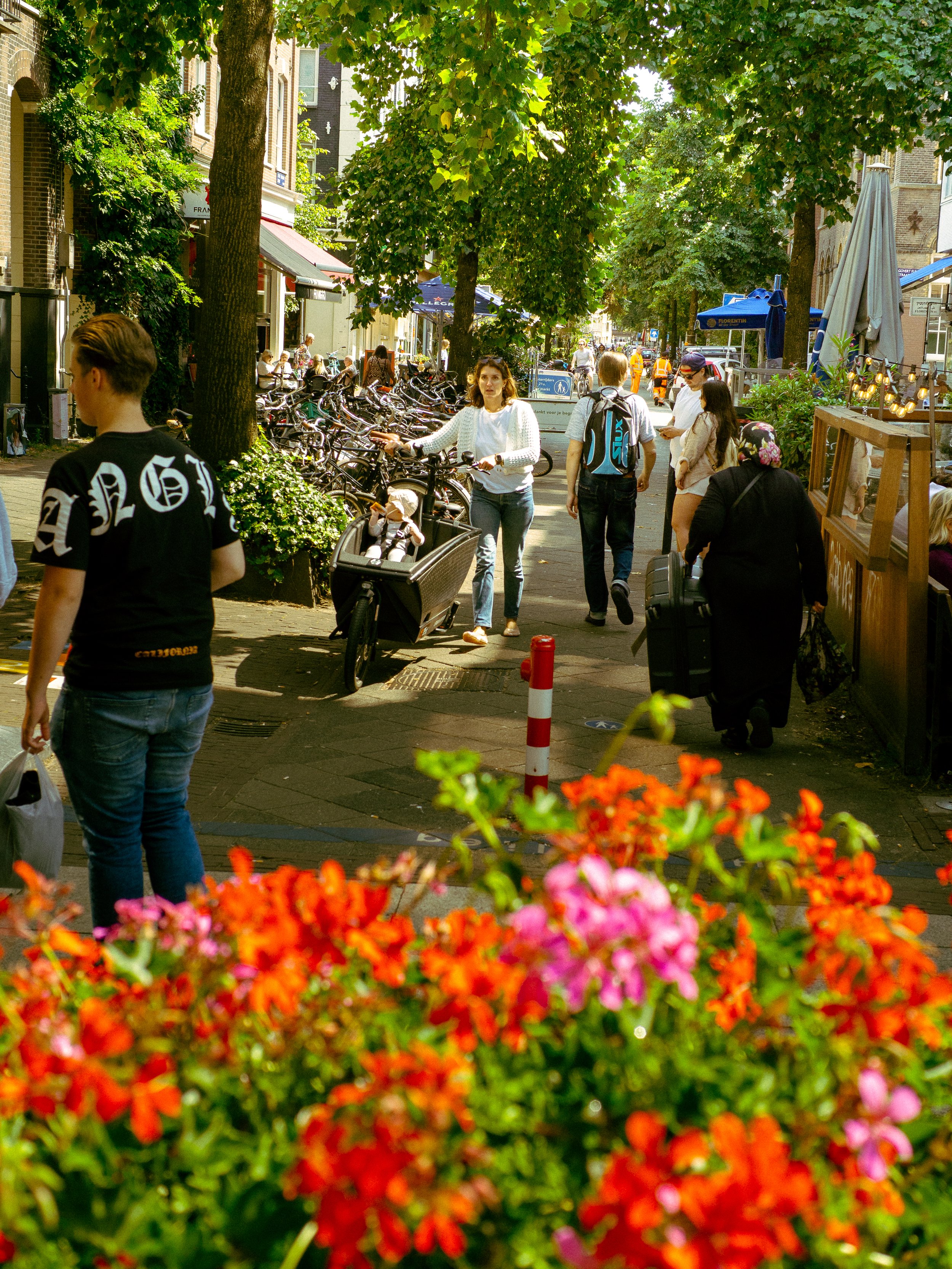
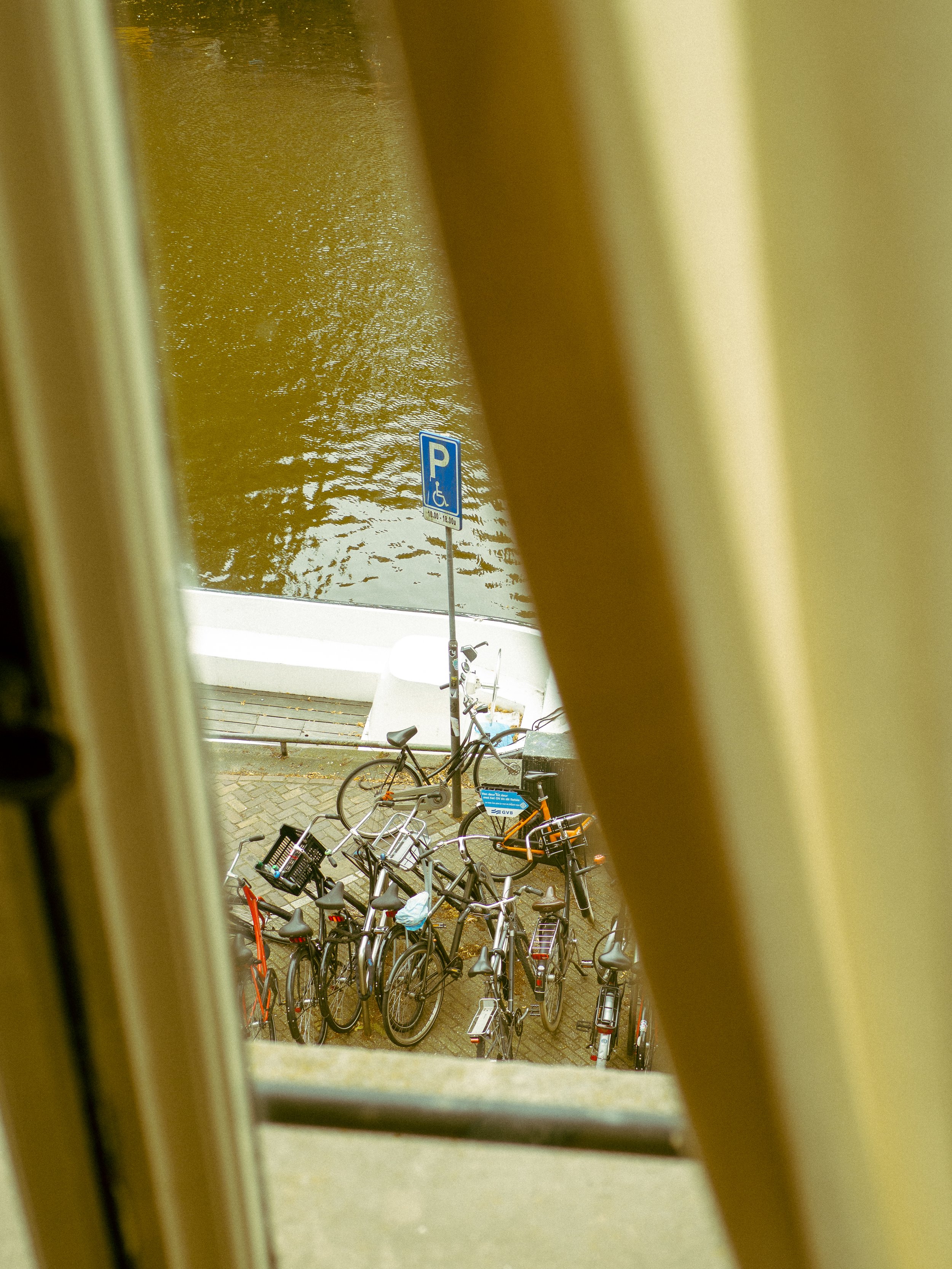
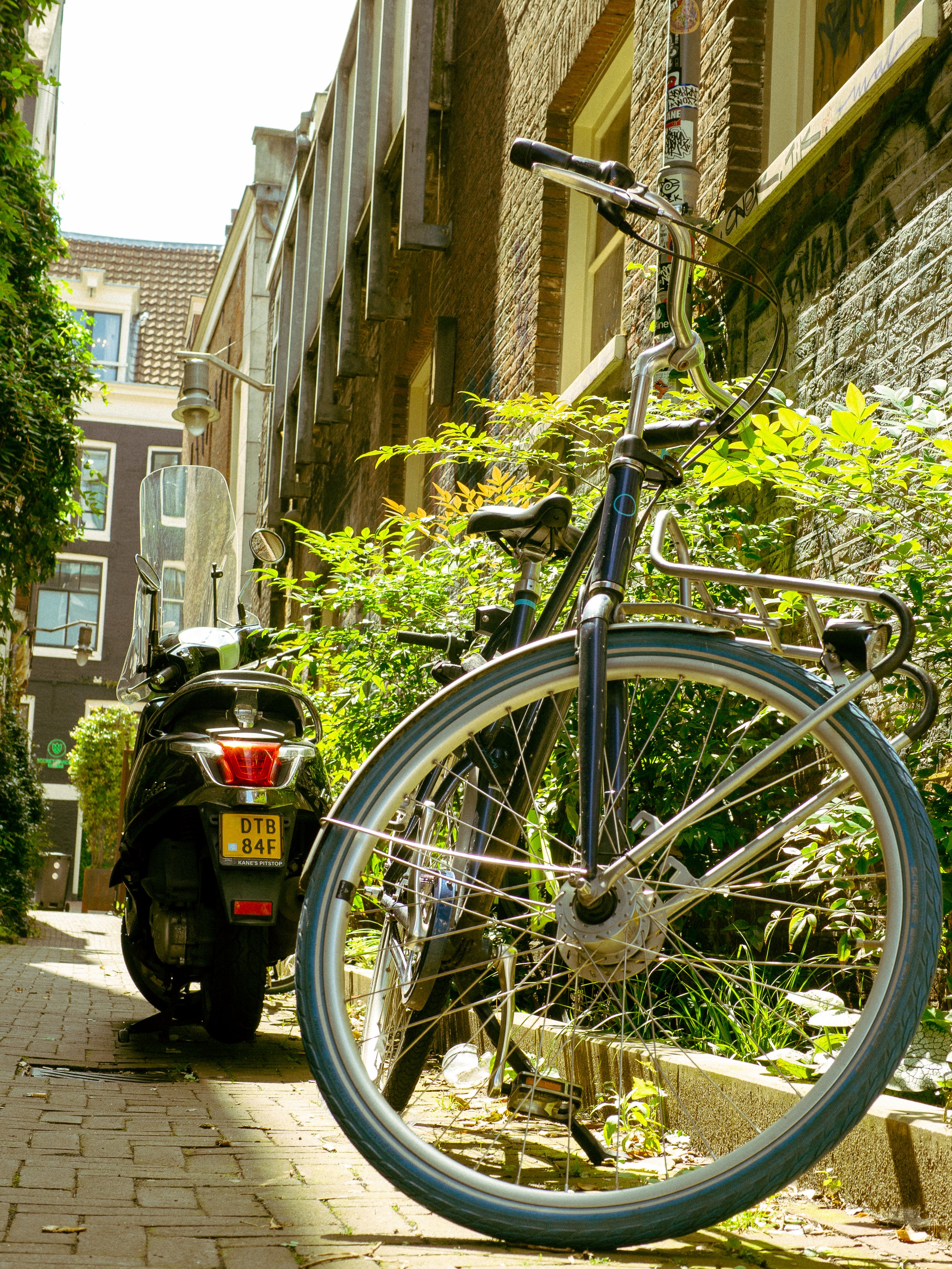
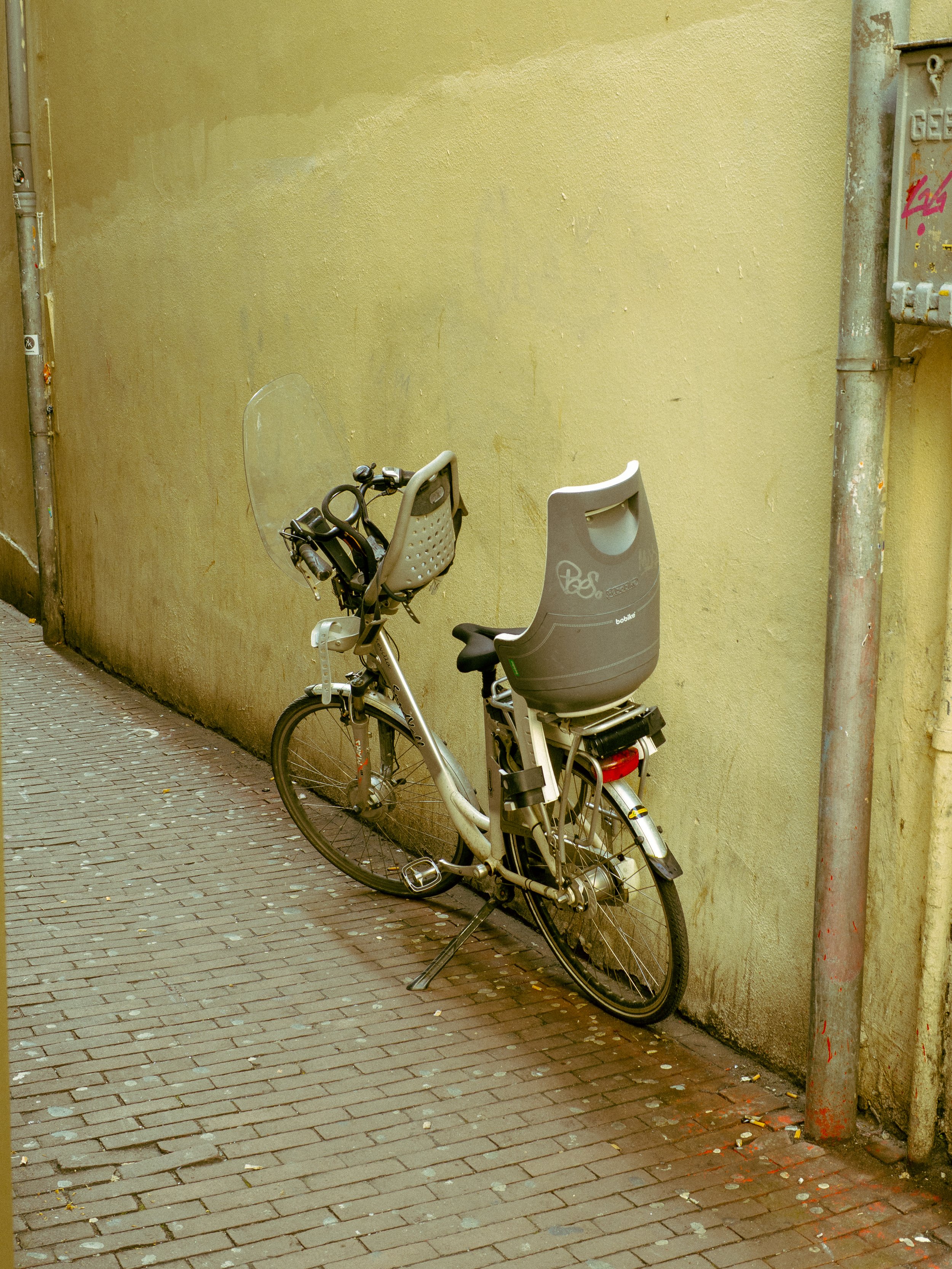
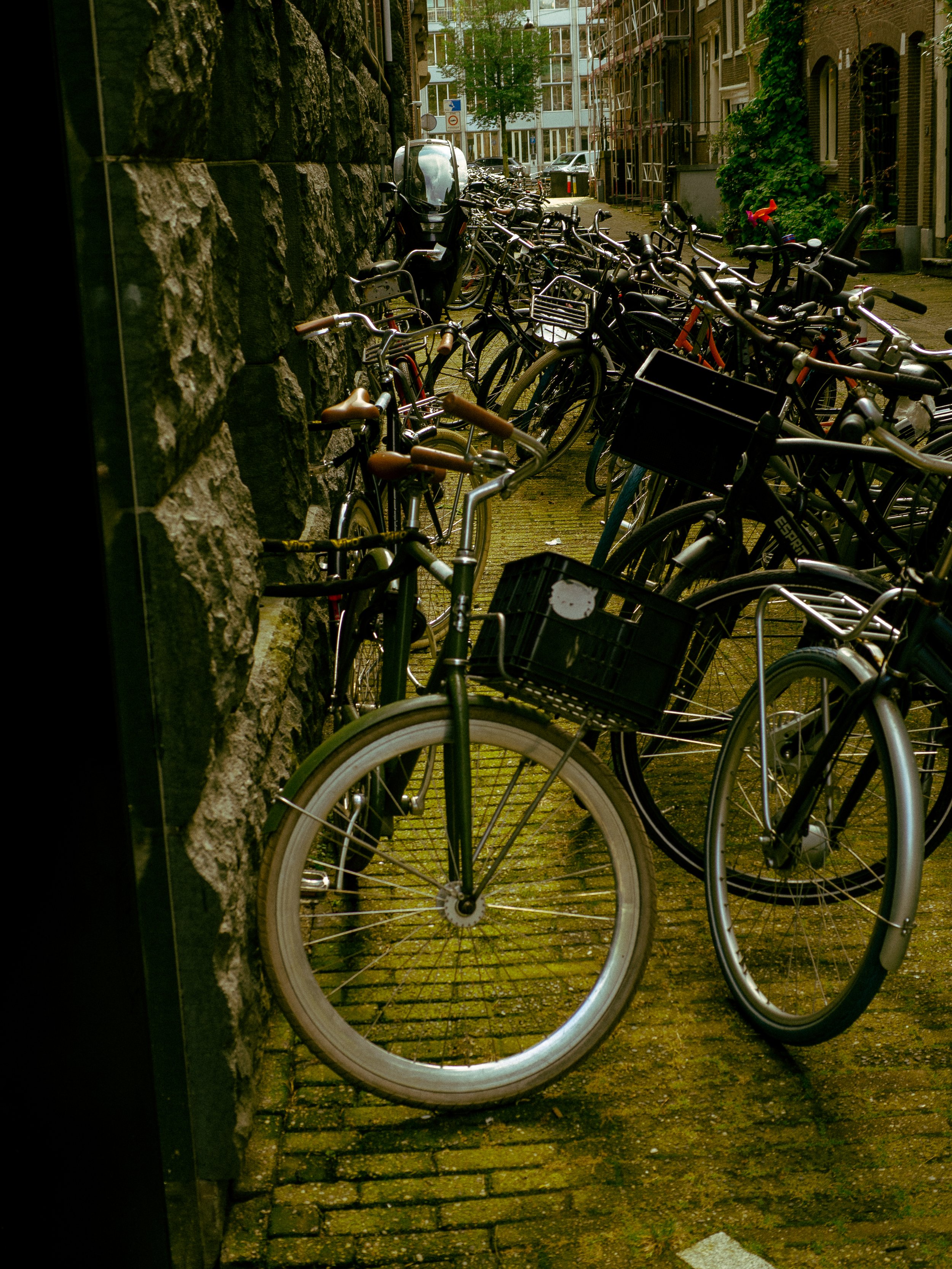
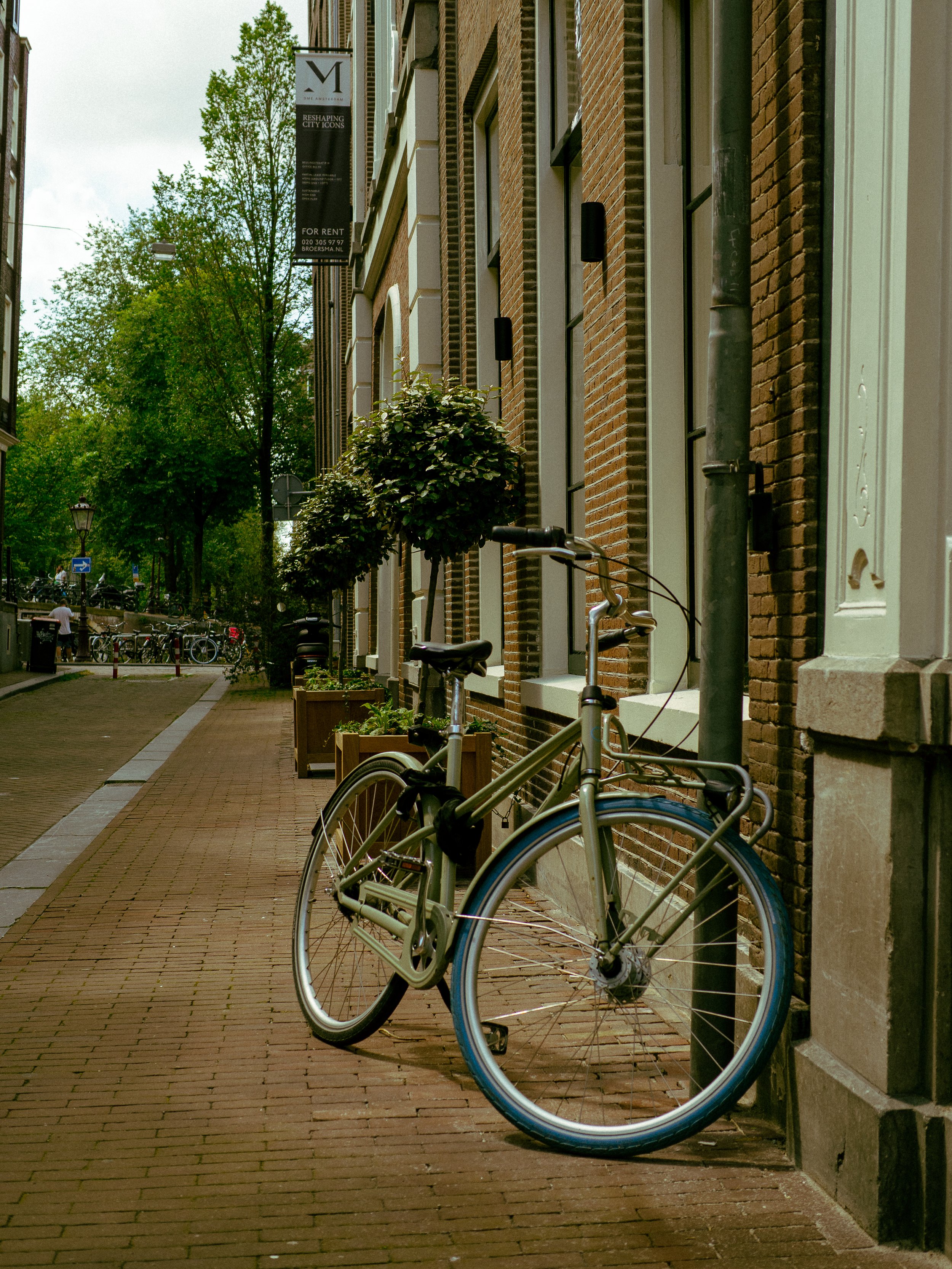
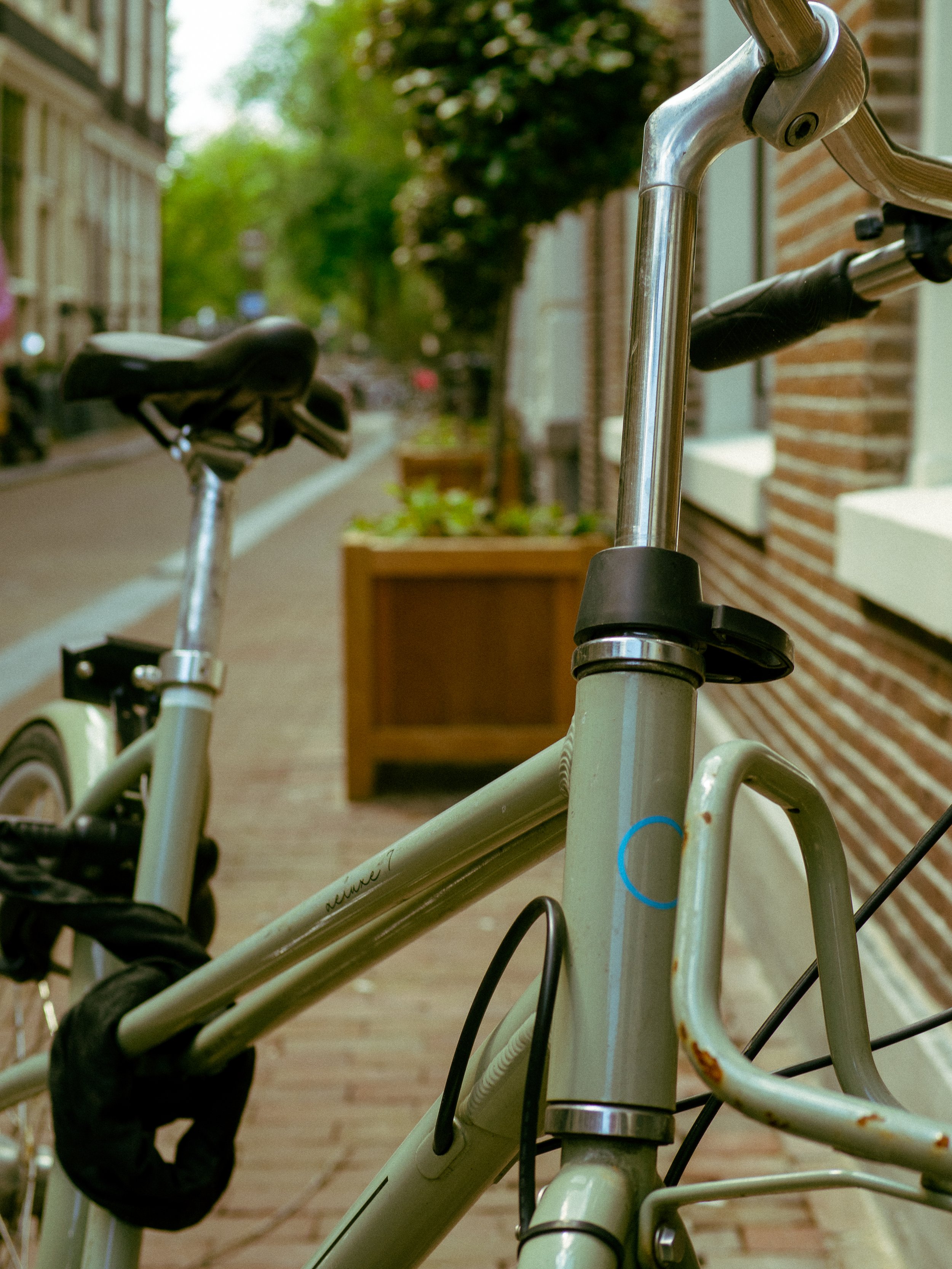
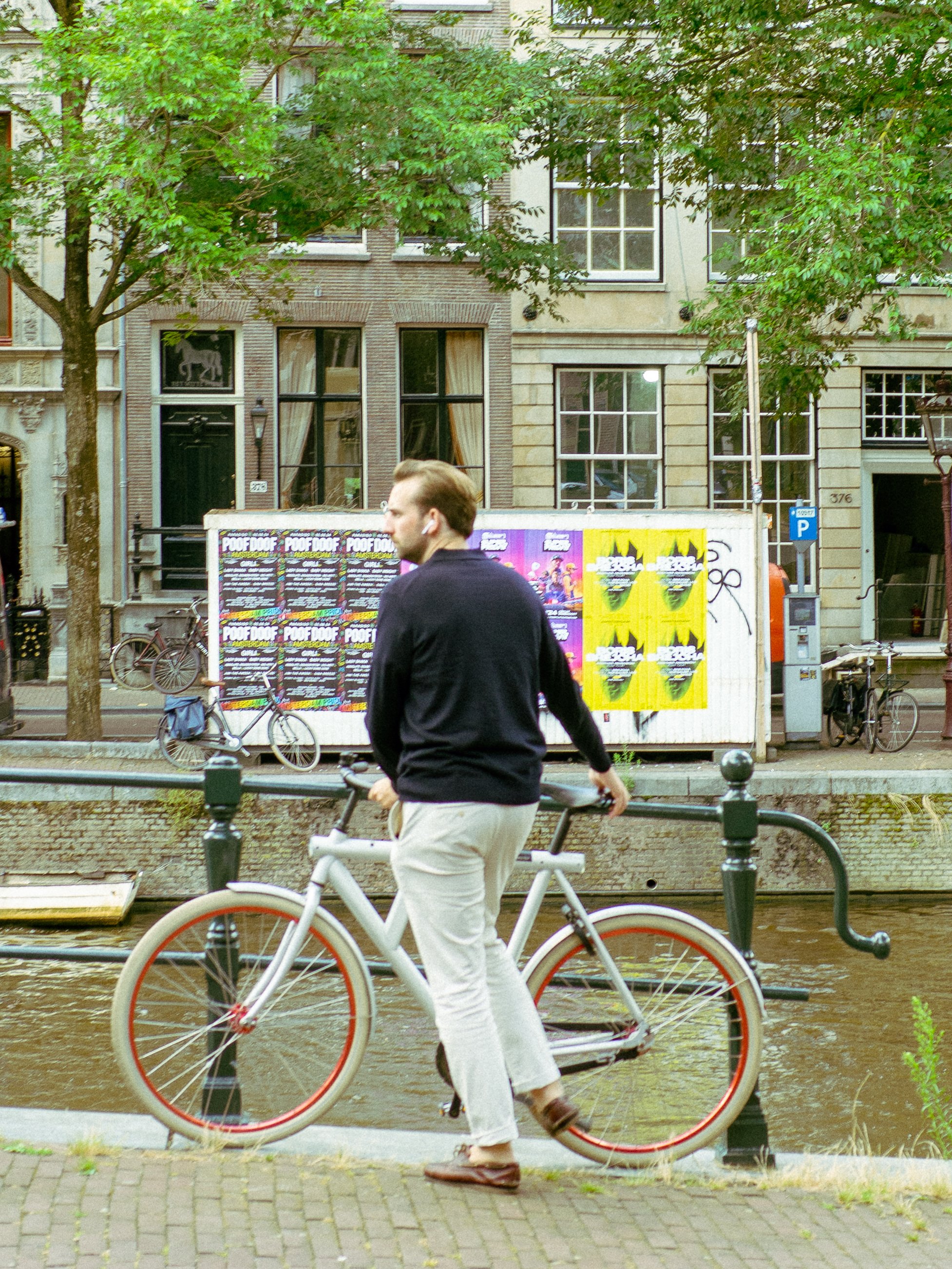
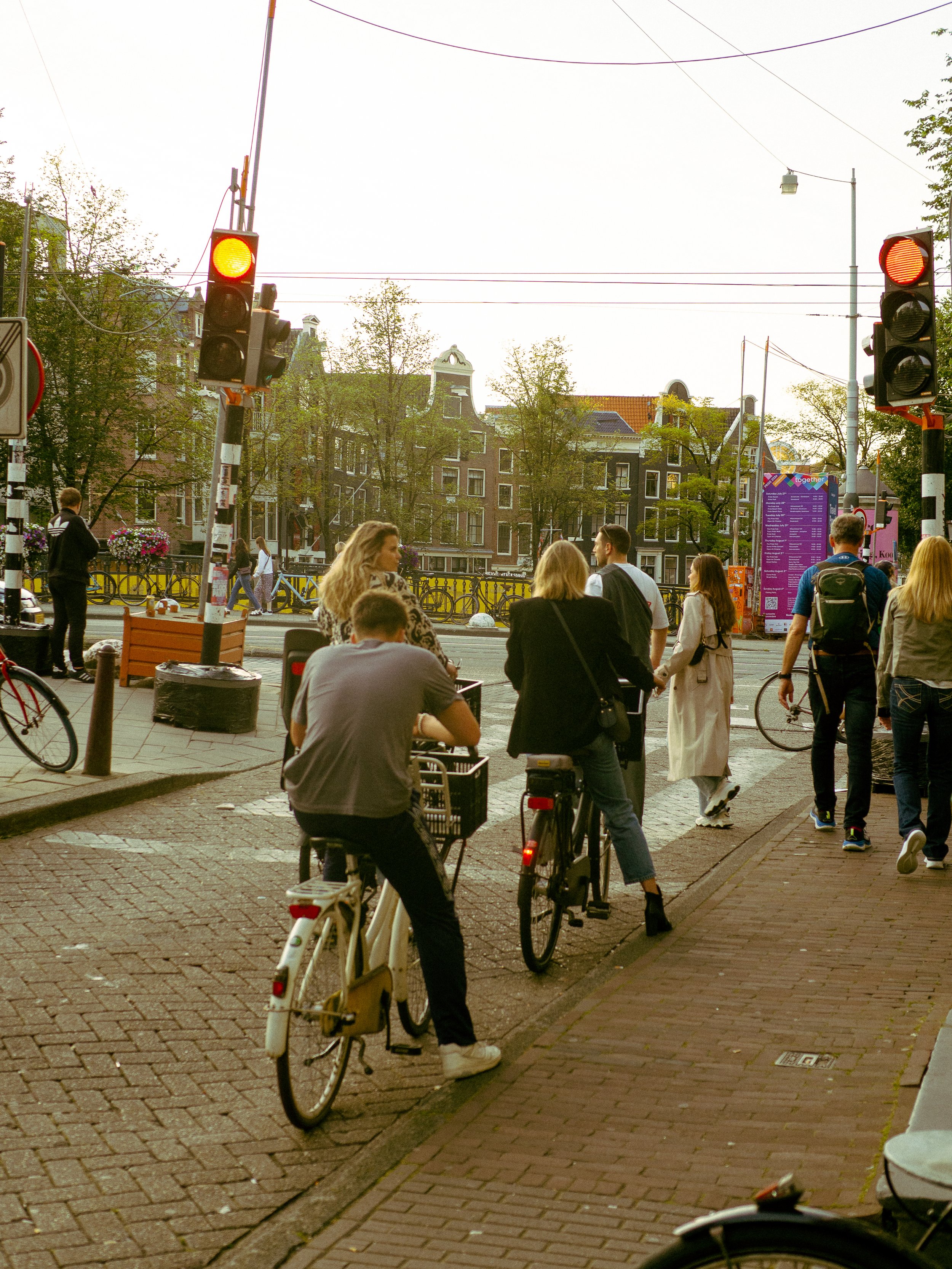
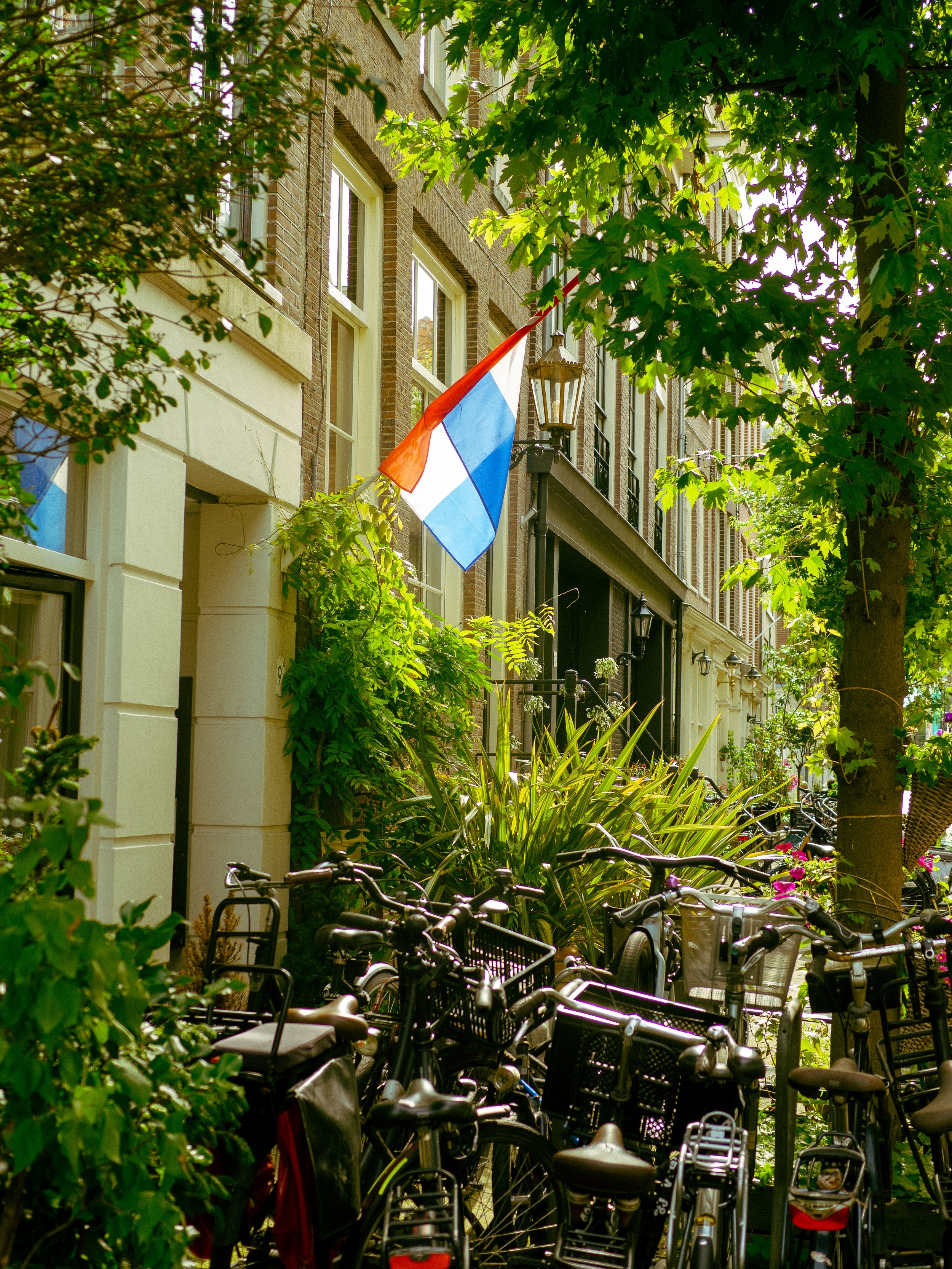
Slowing down the pace of life even further is core to Amsterdam's identity. The network of canals defines its very layout. It is a well-studied phenomenon that being near water calms the mind and soul, and this is evident for the locals and tourists as they wander next to you or float on a boat along the canal. The pace of life slows here; colours feel more vibrant yet softer, and the people—and even dogs—smile as they enjoy a boat ride on the sun-kissed canals.

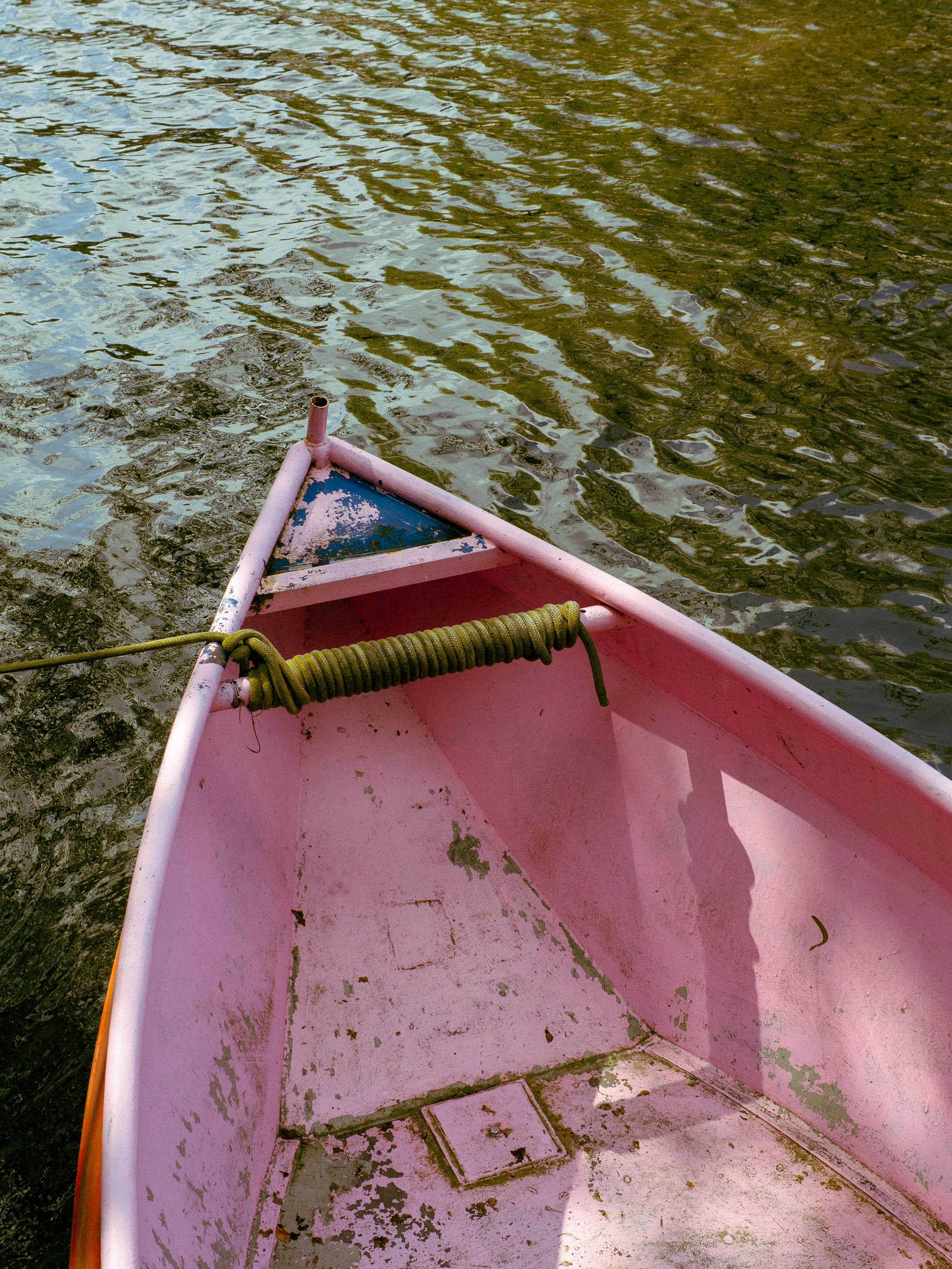


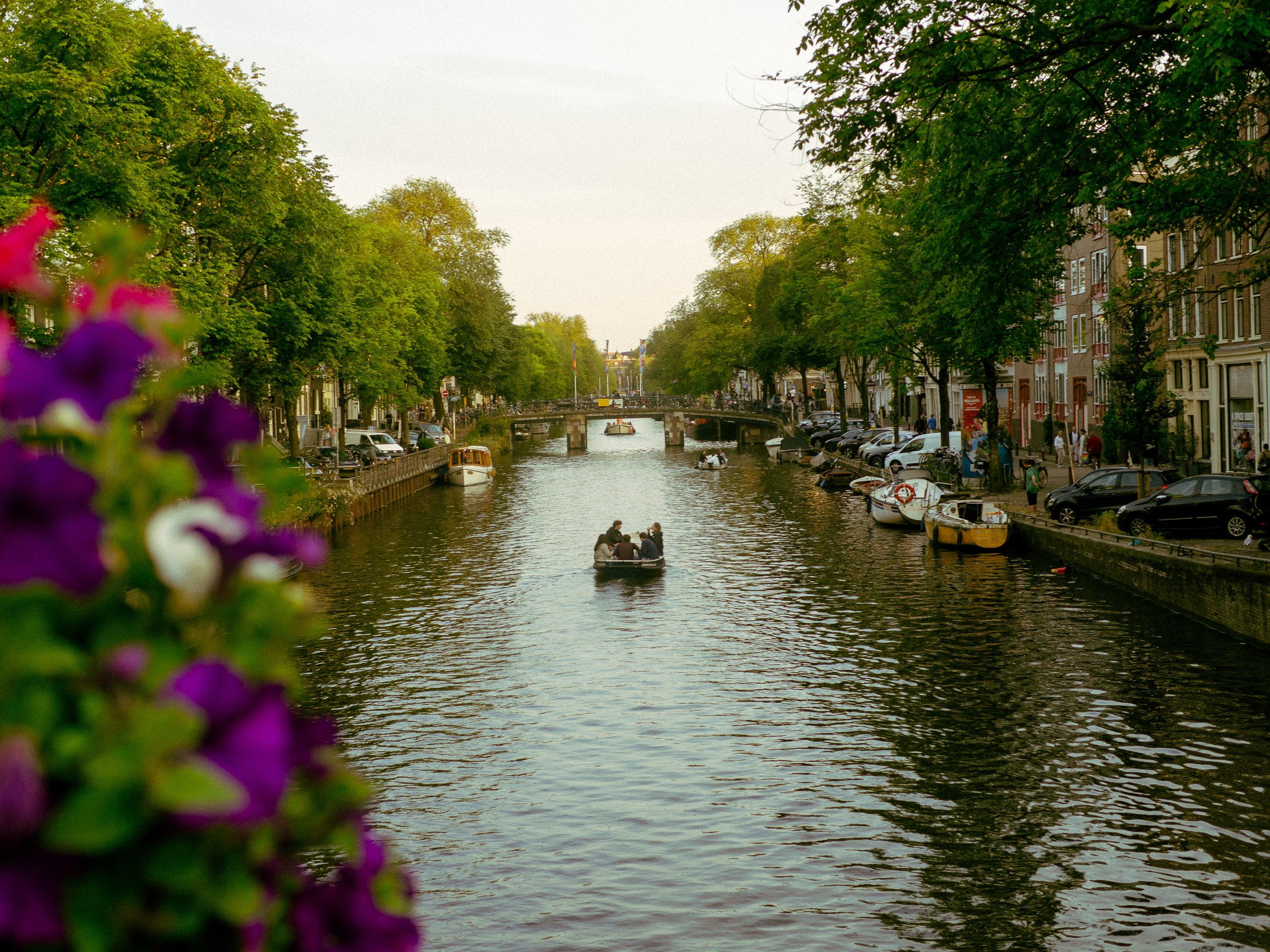
Amsterdam is a fantastic city, one of the most enjoyable I have visited. Its contrast of old and new, busy and relaxing, means it is a city that truly offers something for everyone. For photographers especially, the city offers so much to capture, whether it is the vibrant energy of its busy markets, its fast-moving transport, or the slower, peaceful beauty of the canals and architecture. The city offers something for every kind of photographer, and in the three days I was there, I barely scratched the surface of what Amsterdam has to offer.
If you've visited Amsterdam before, or even if you're planning to, please share your favourite spots and experiences of this amazing city’s contrasts in the comments.



